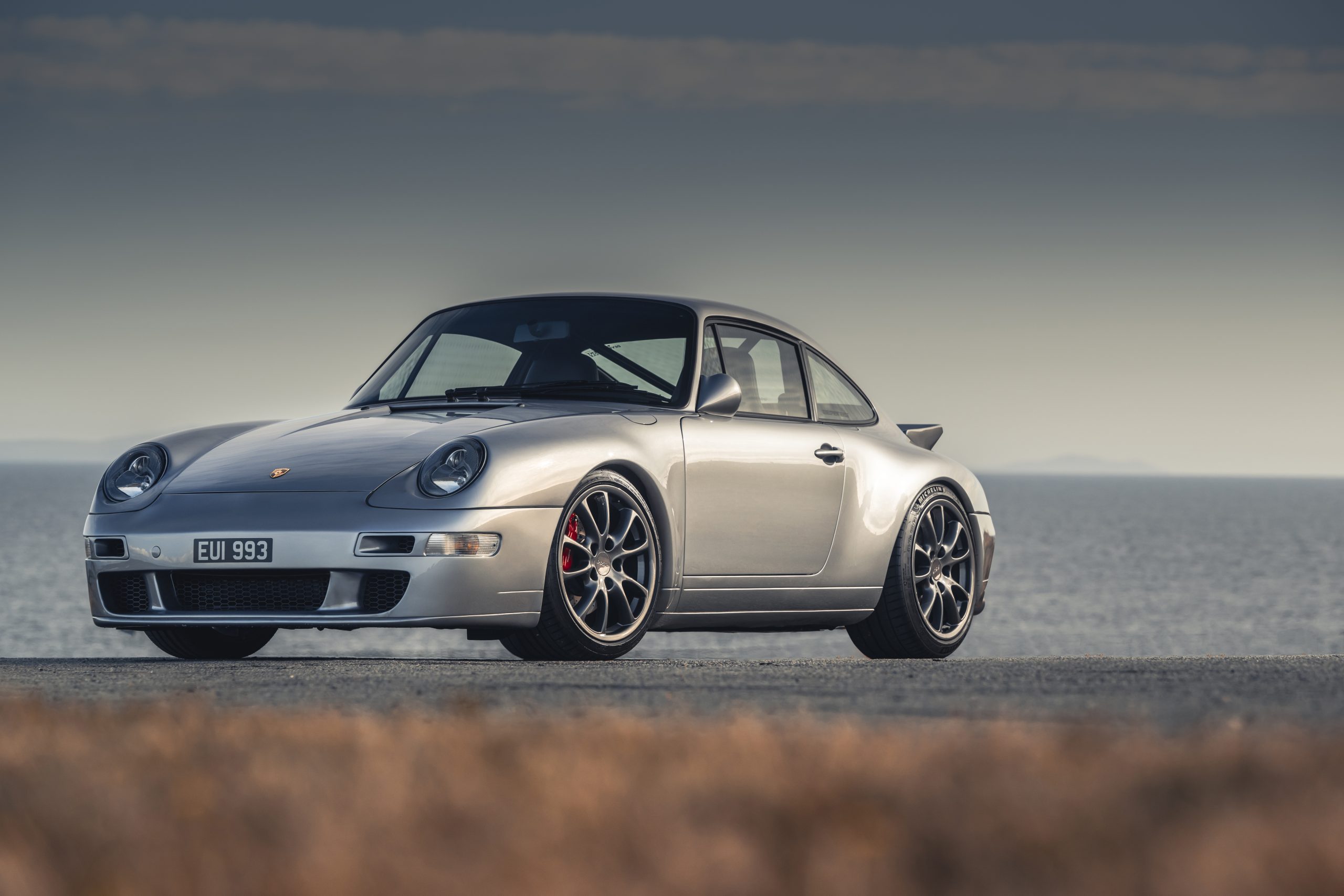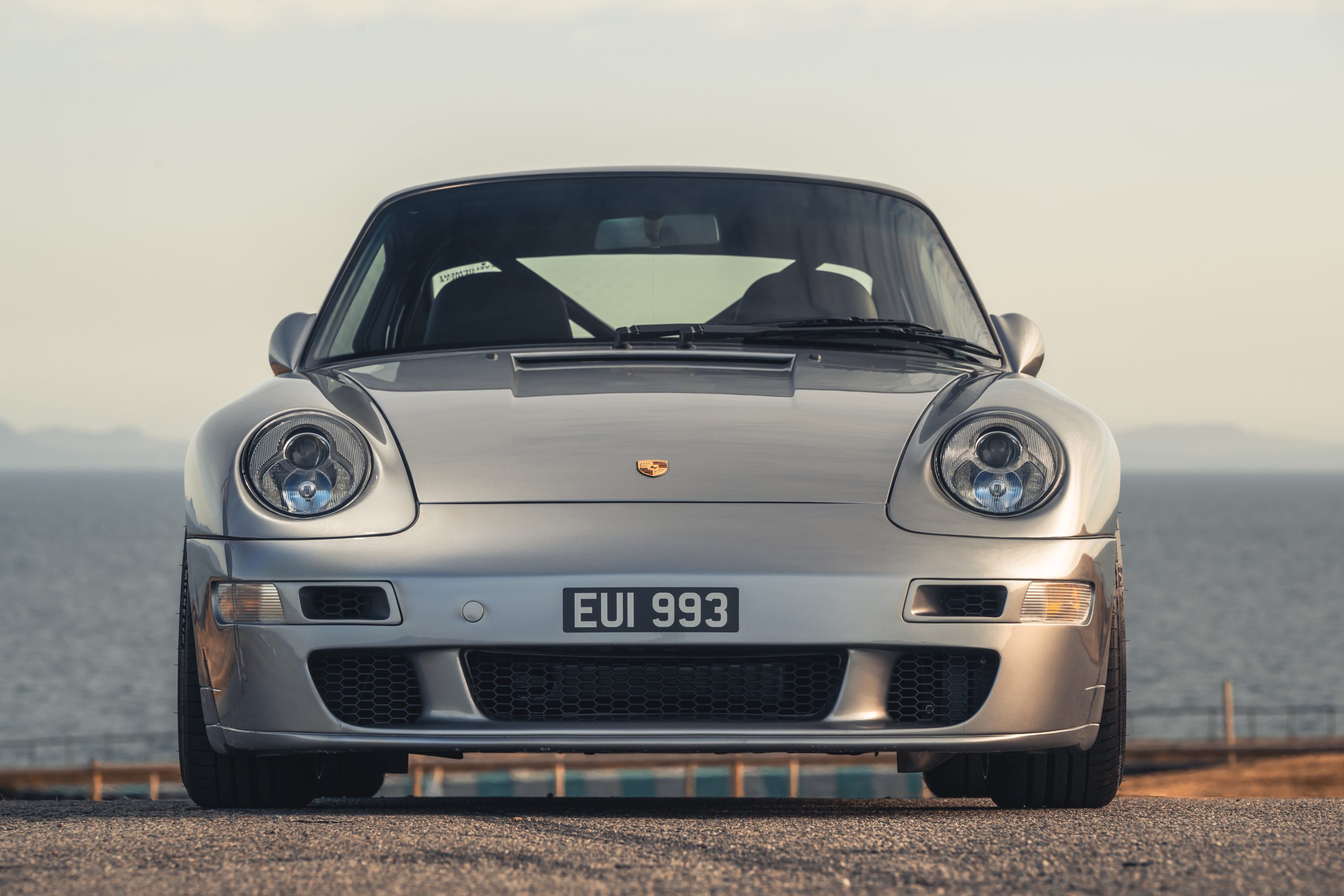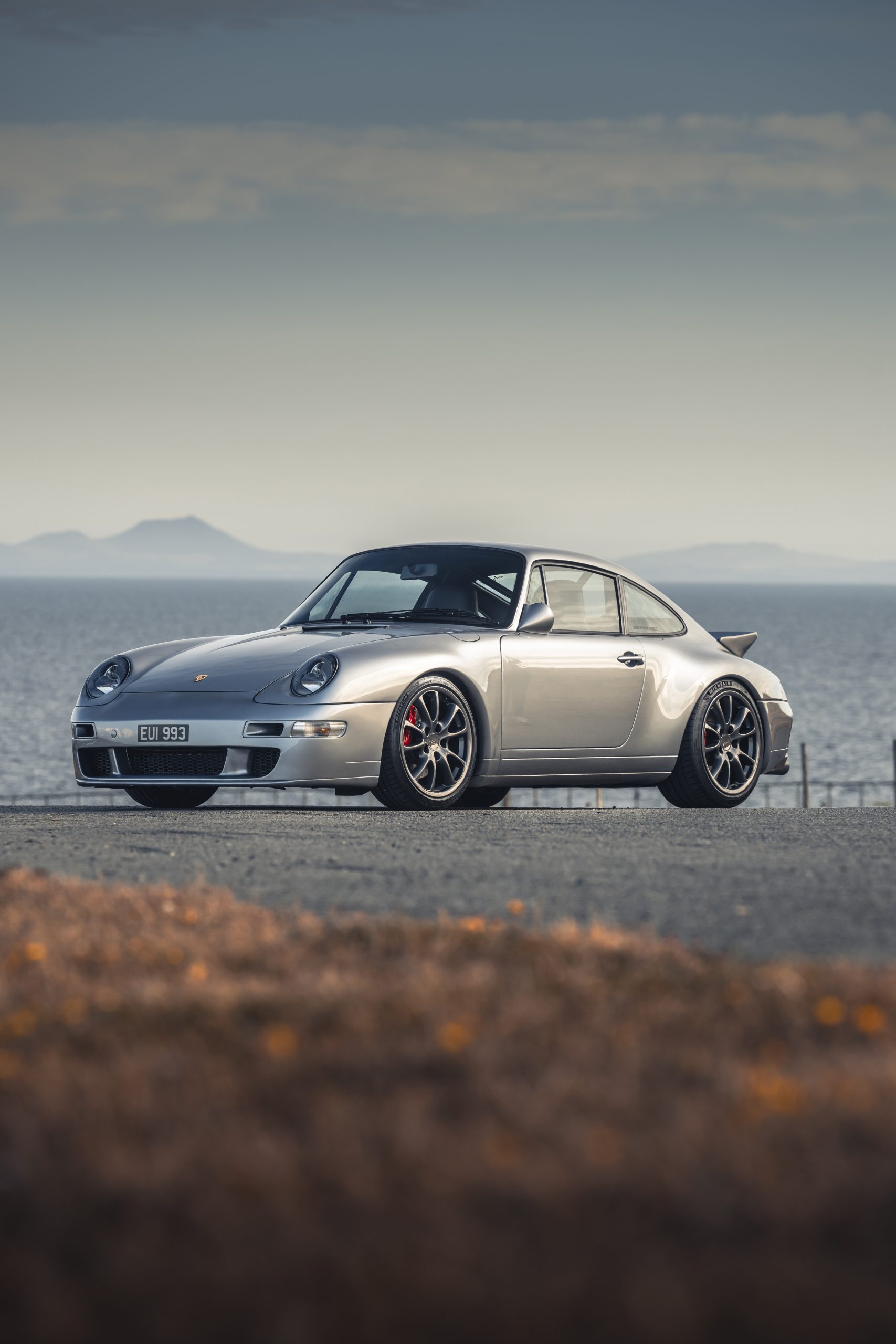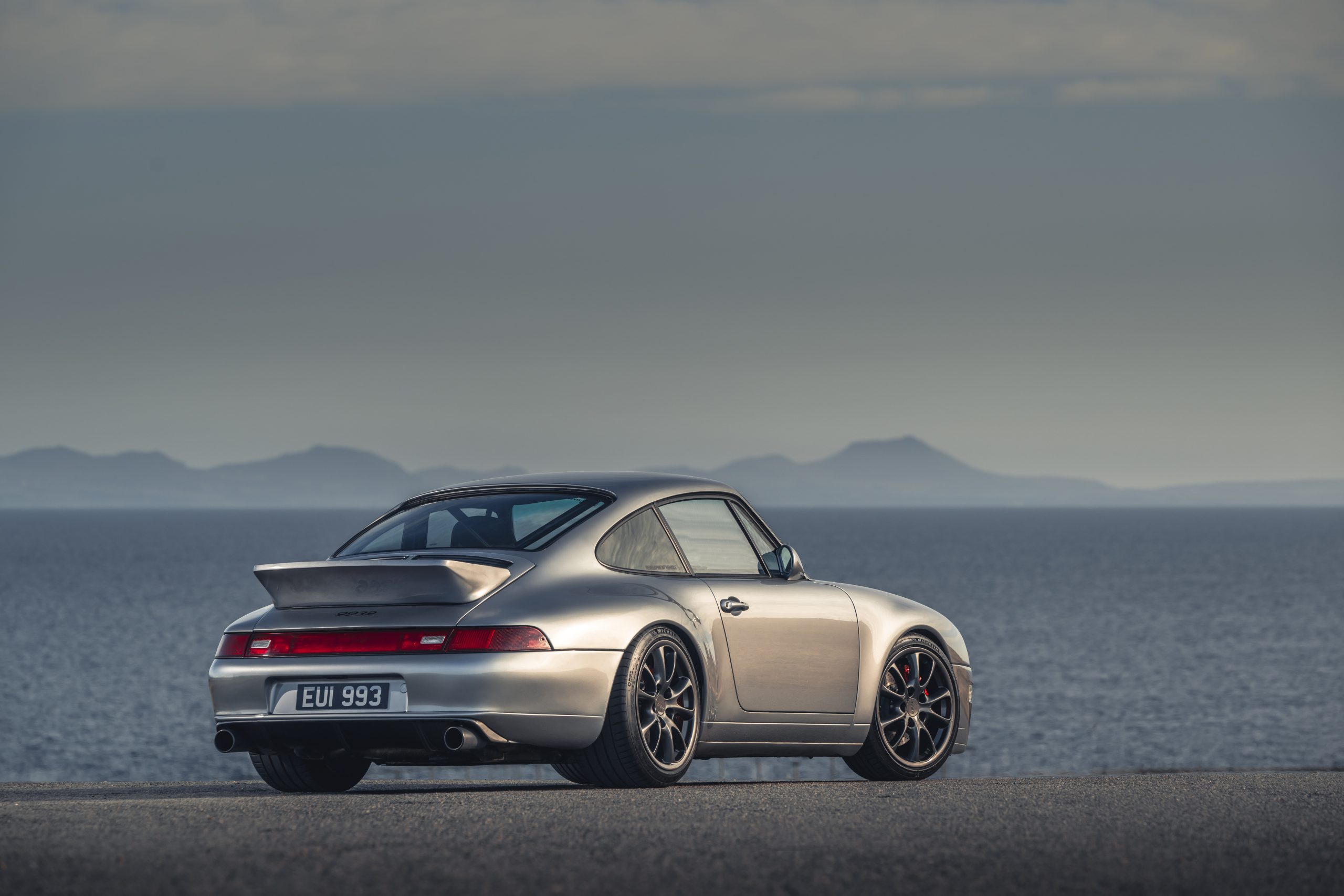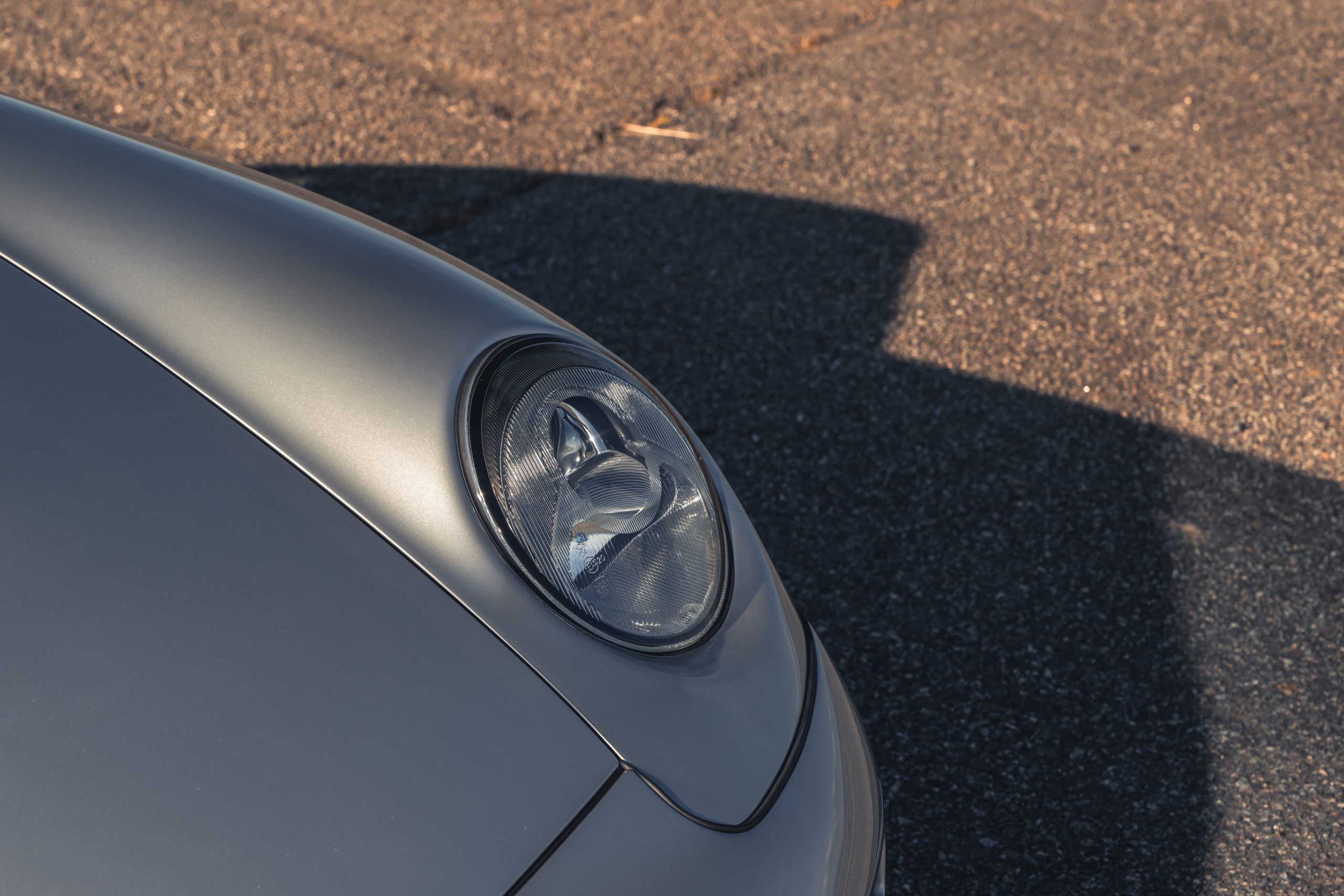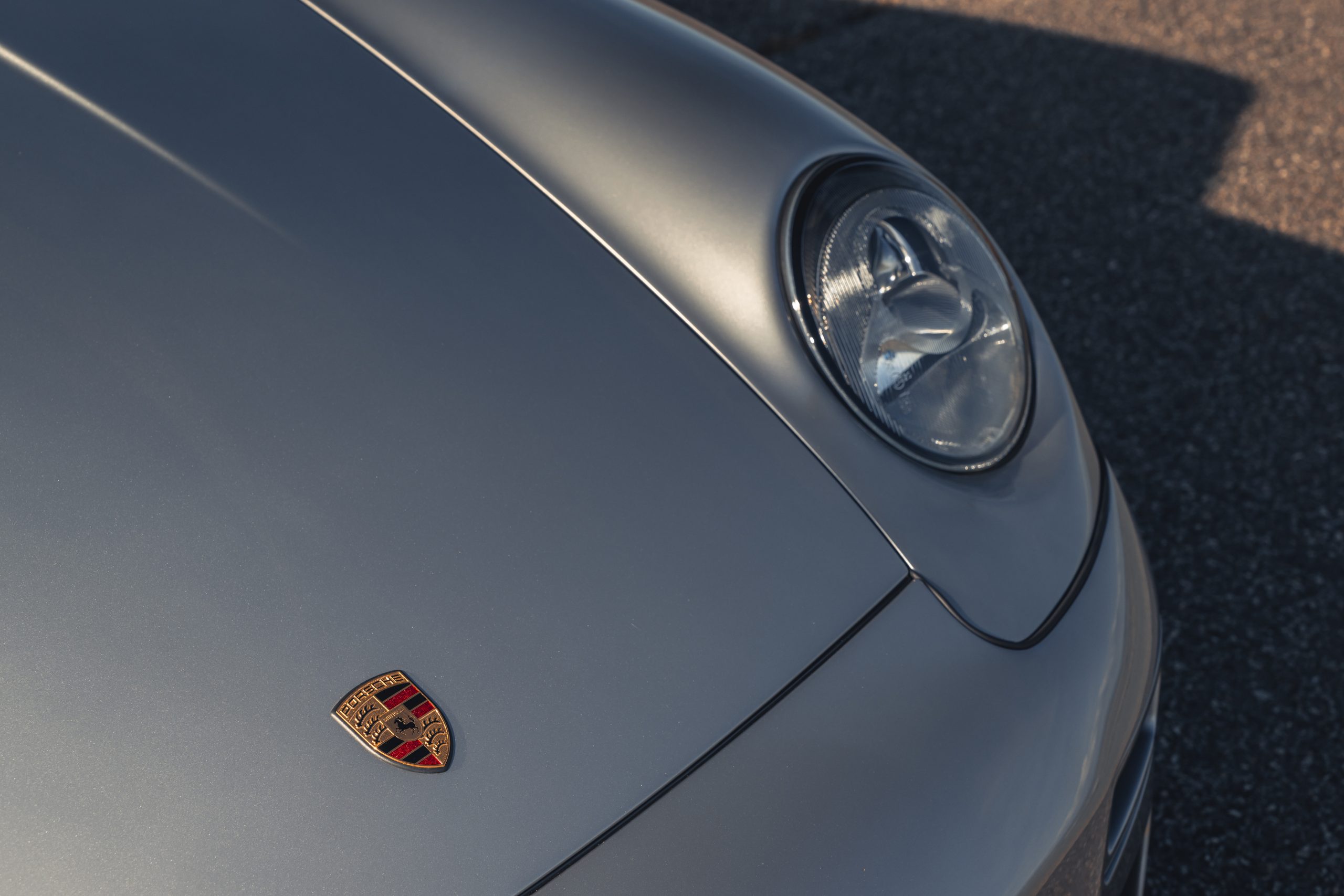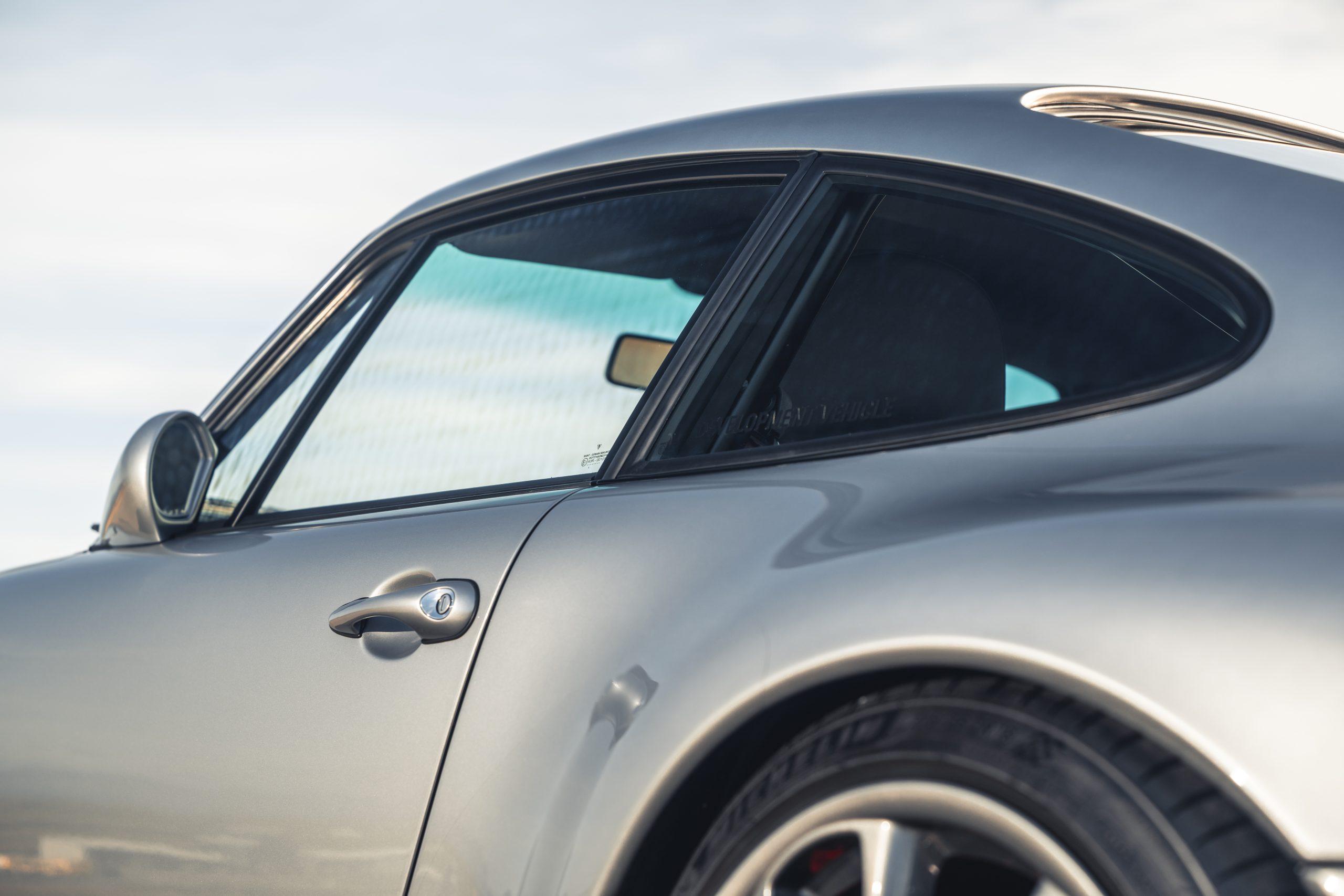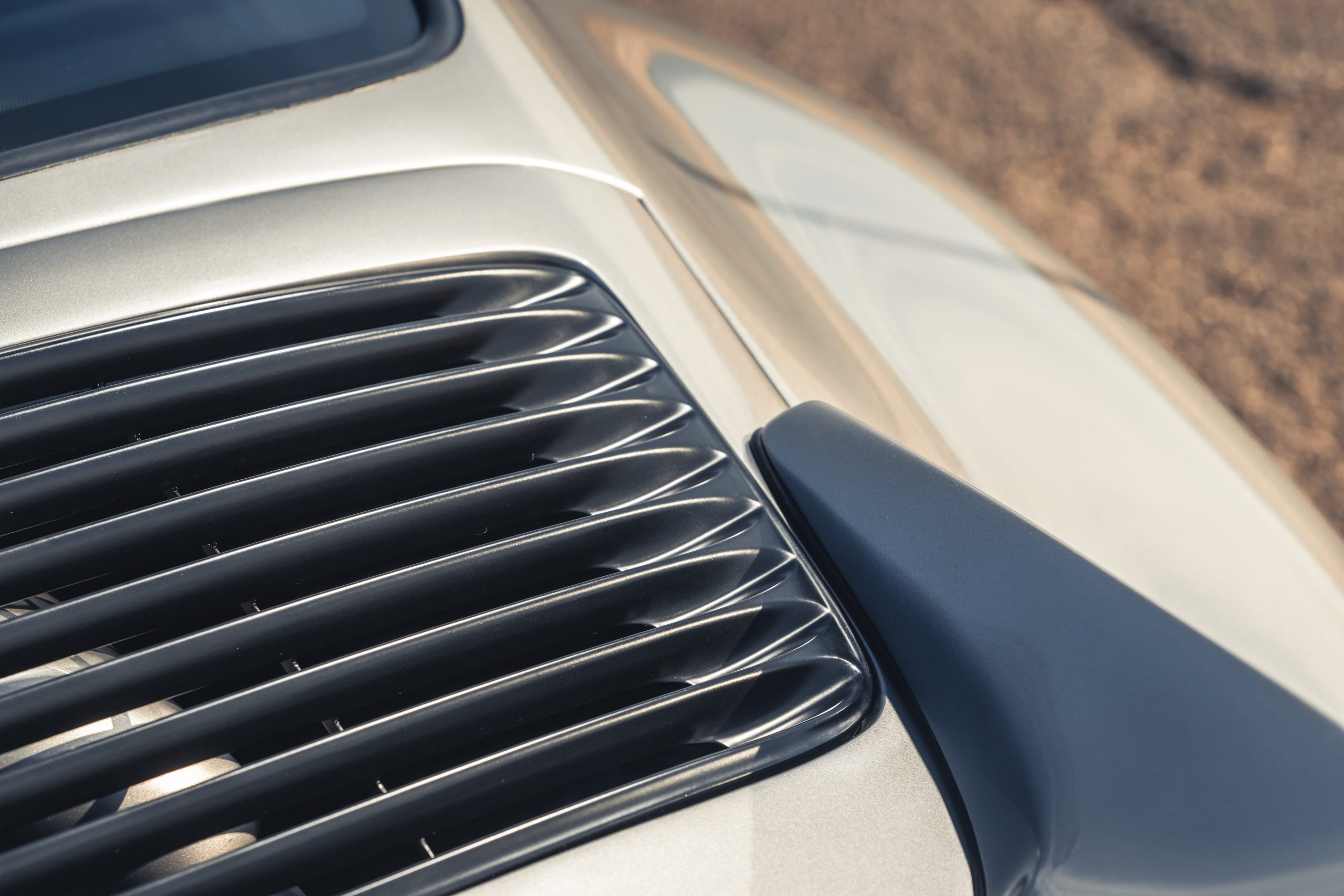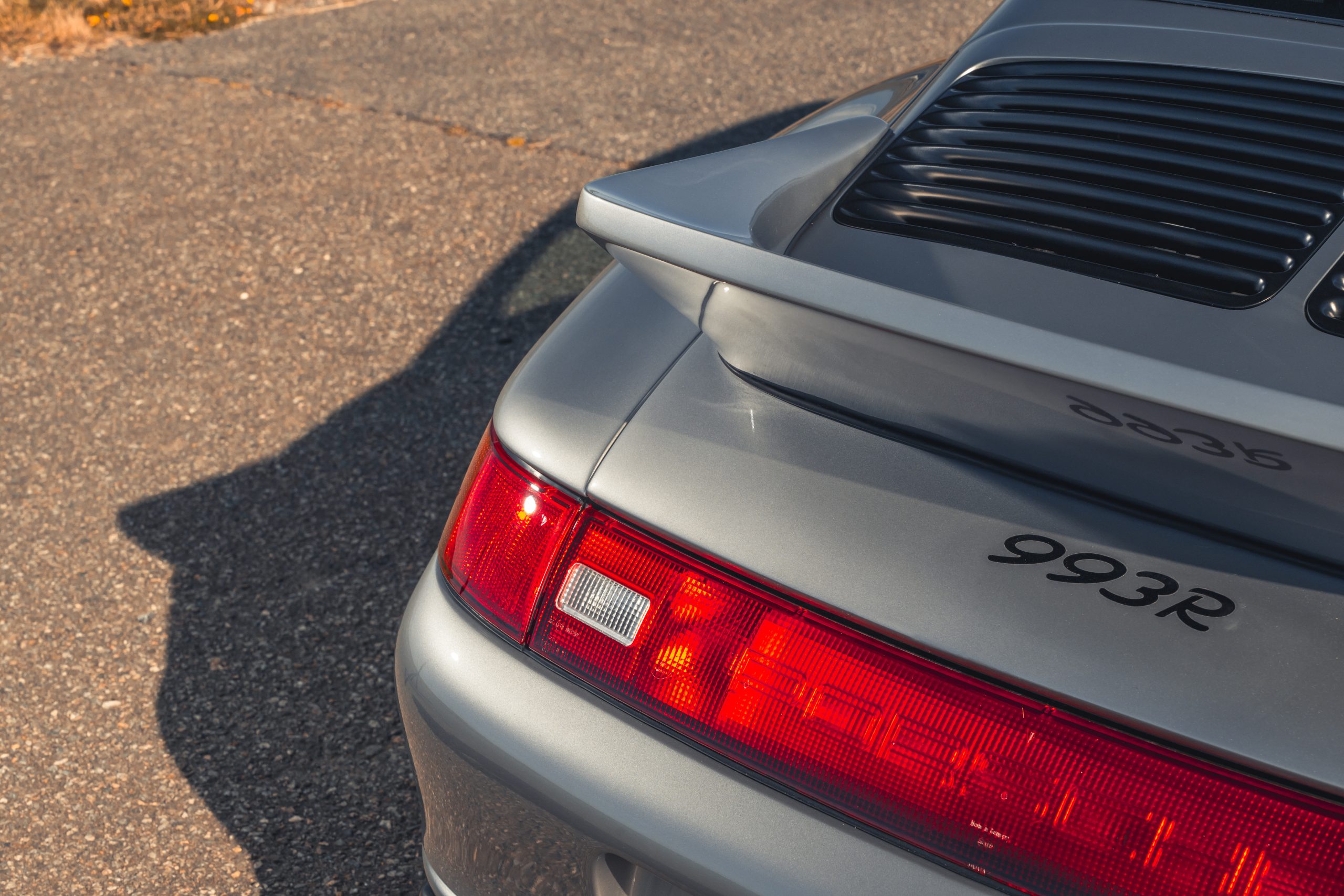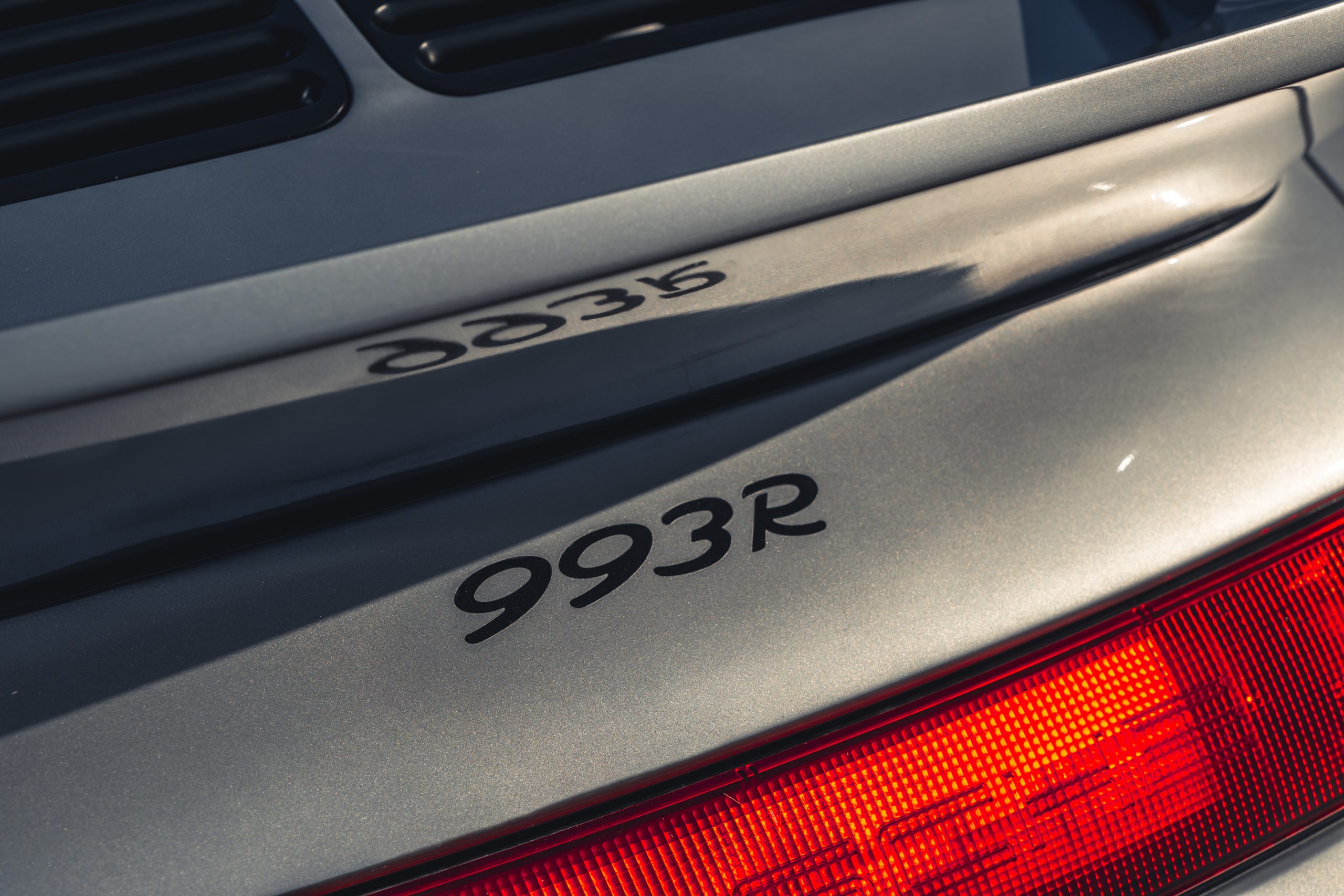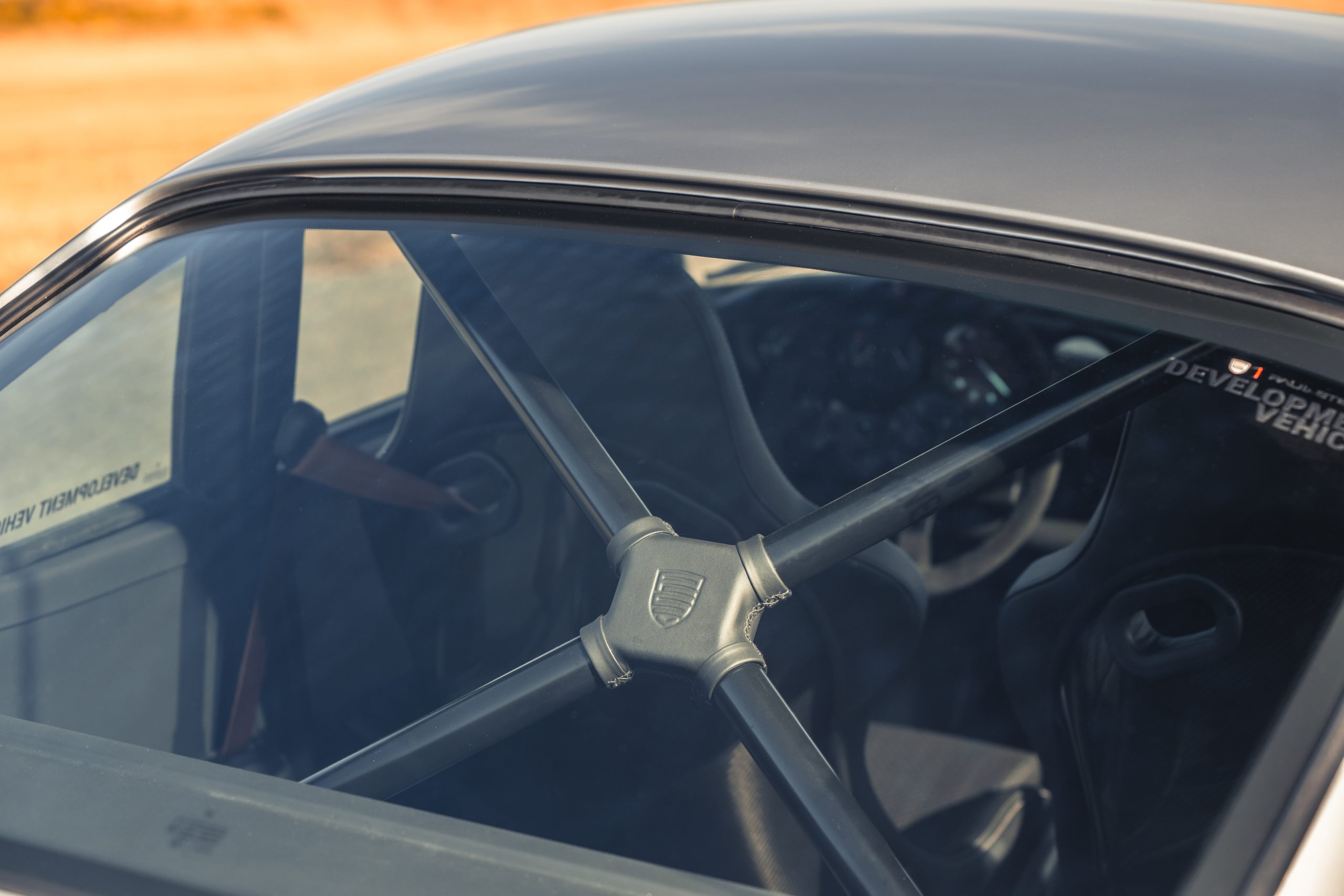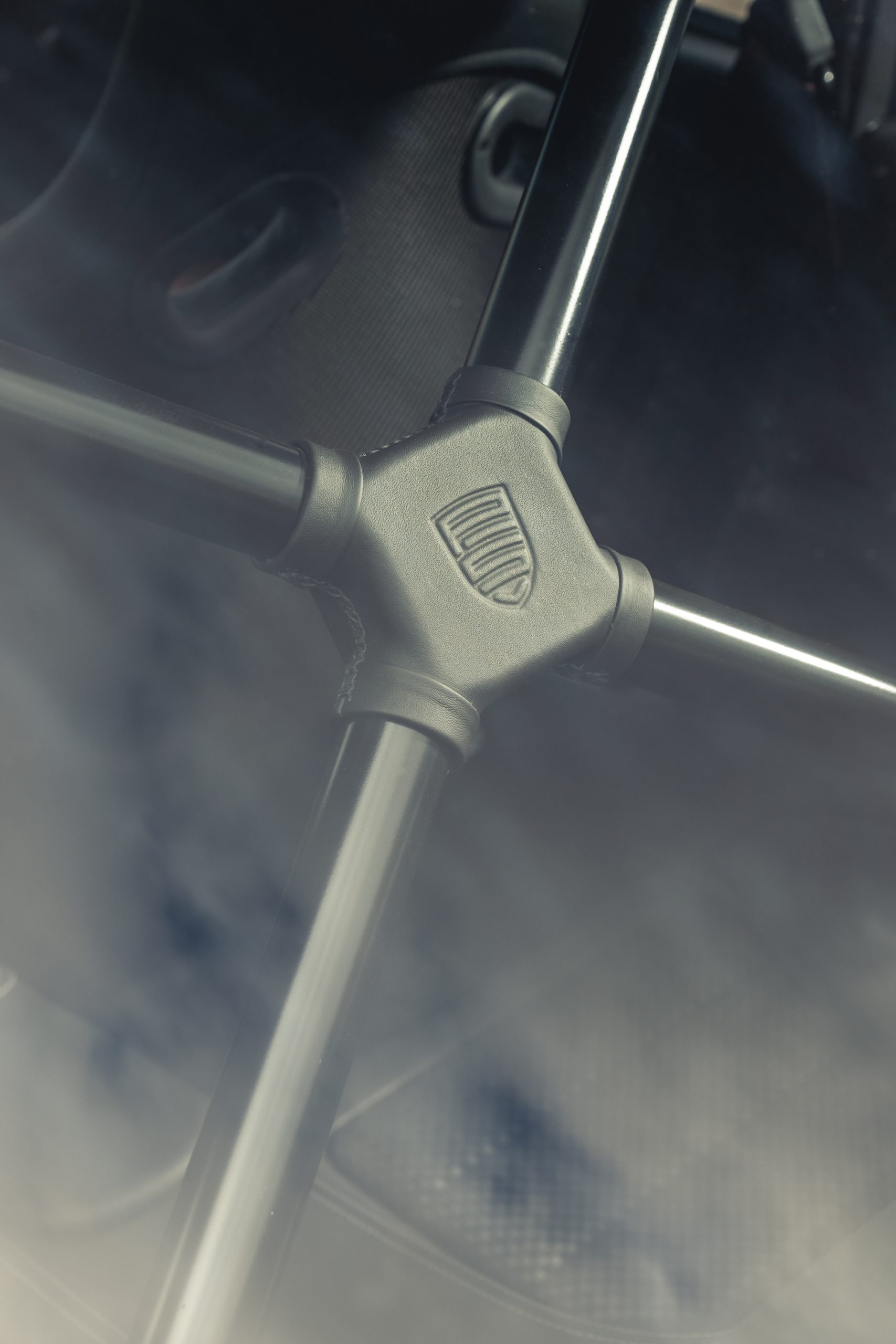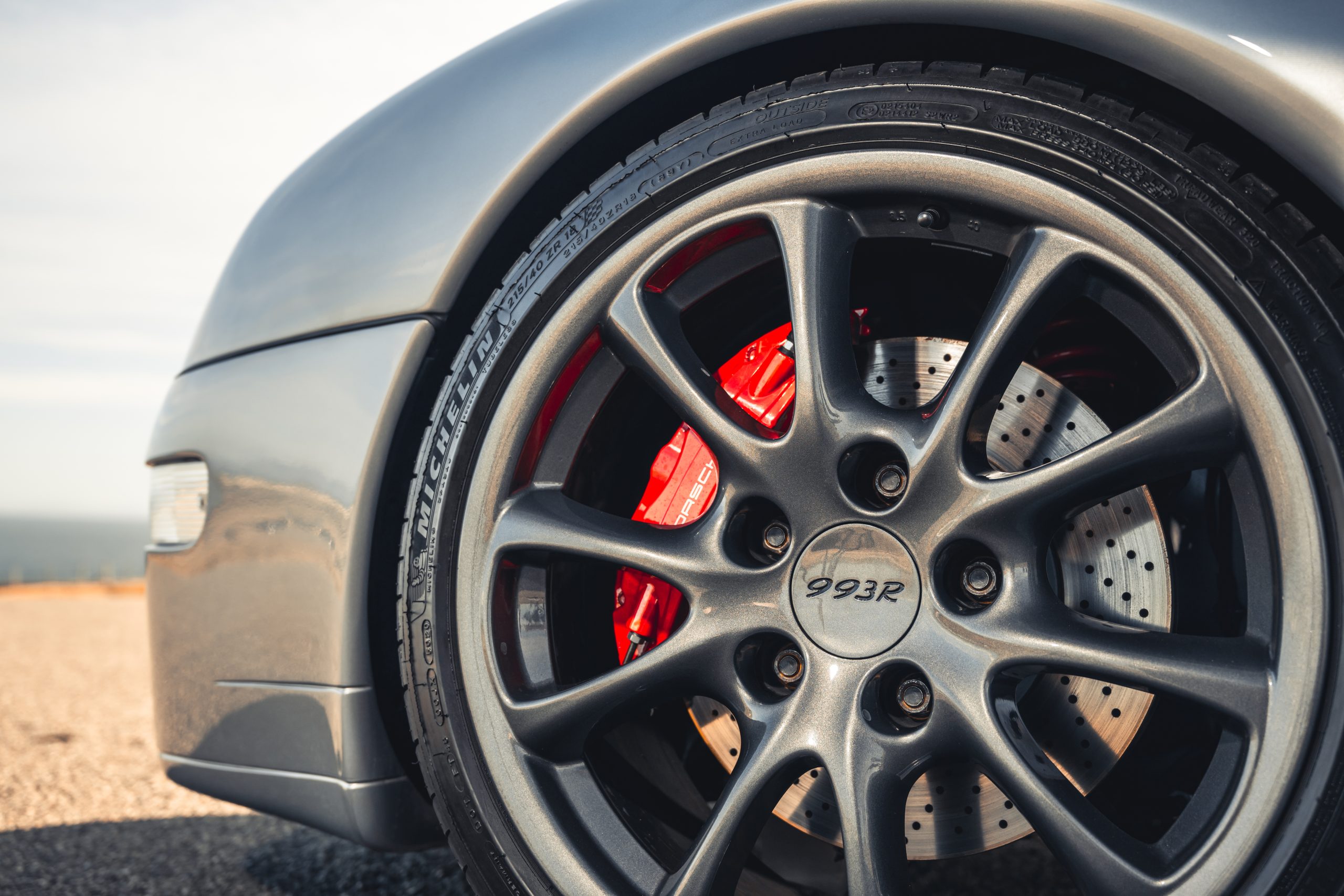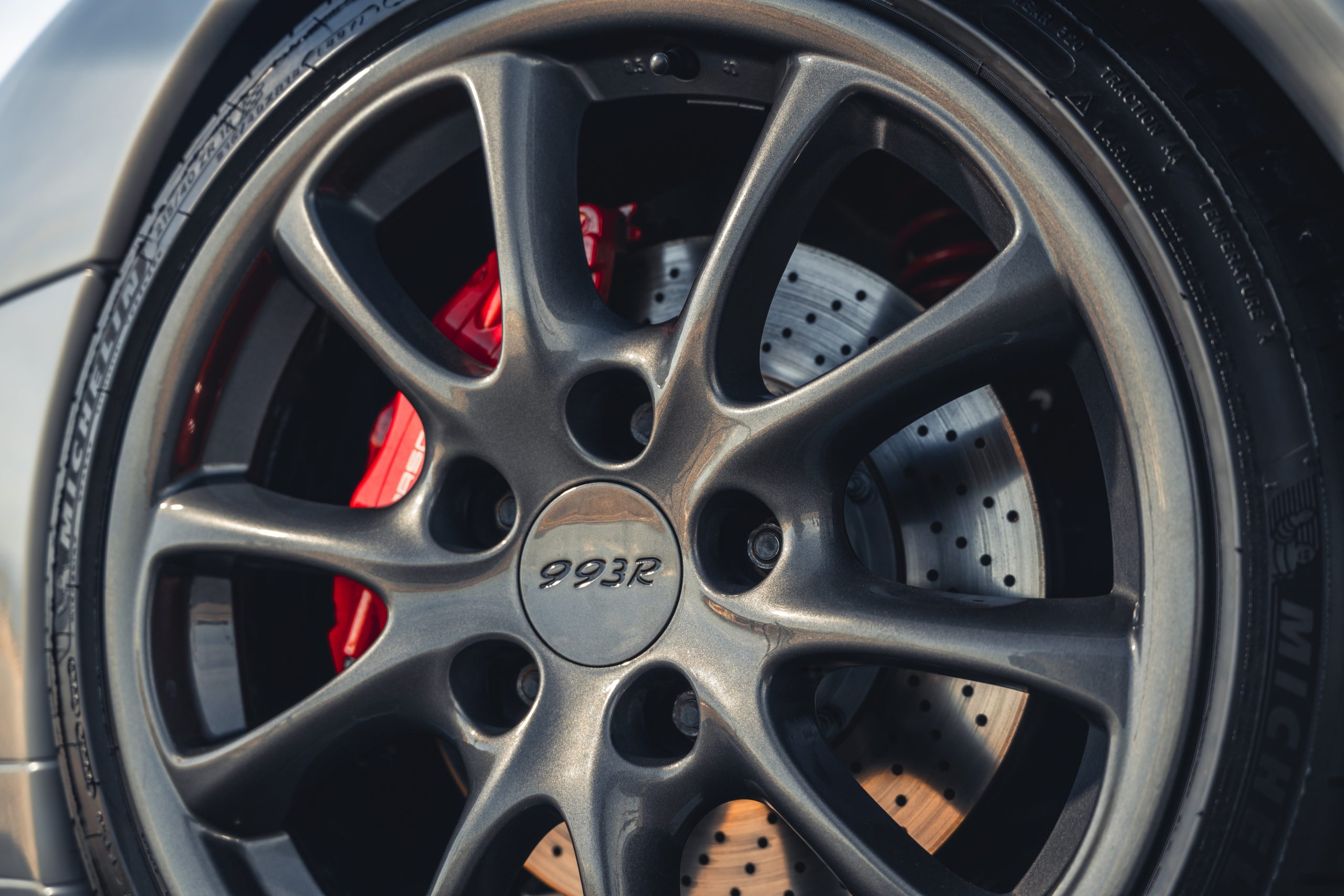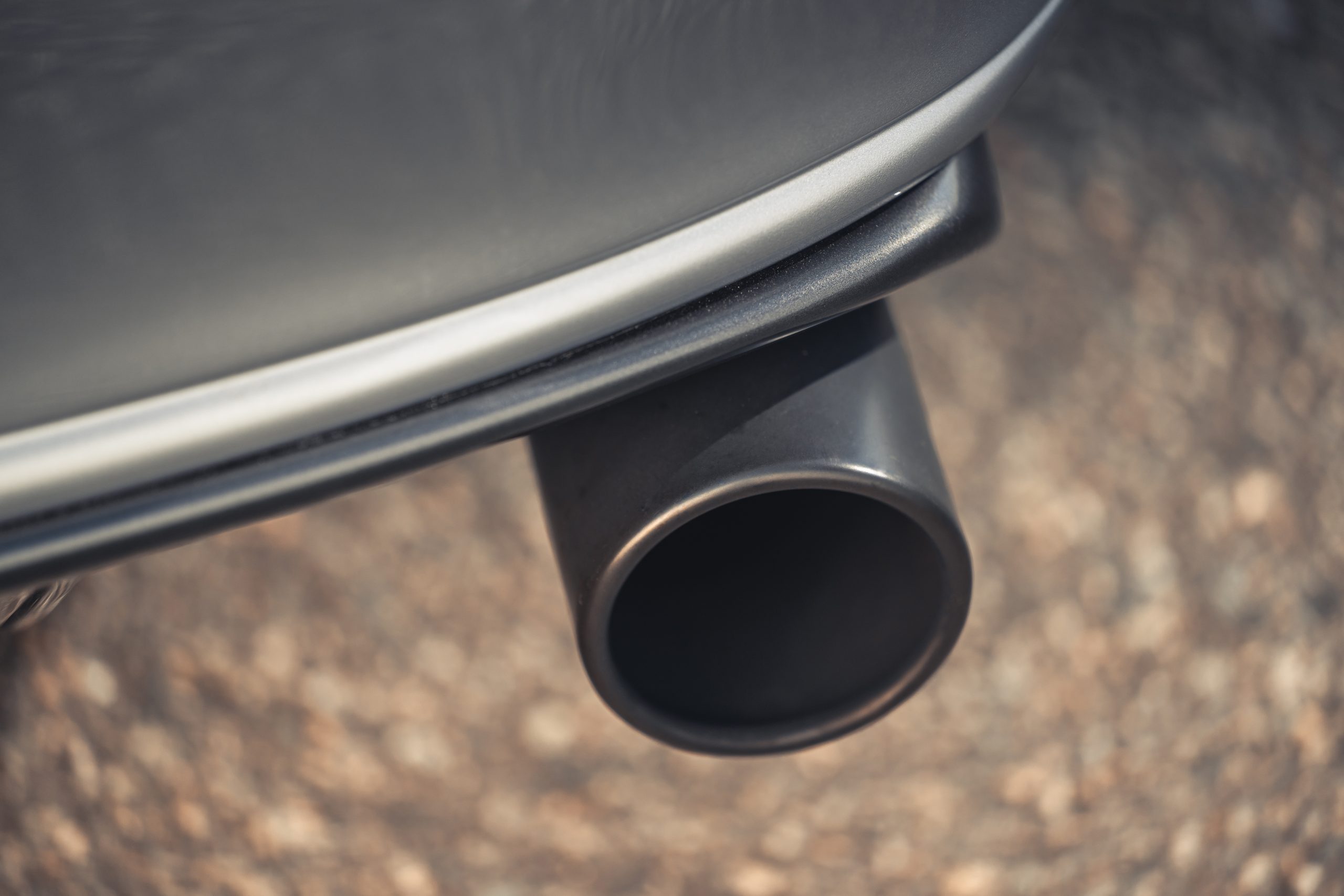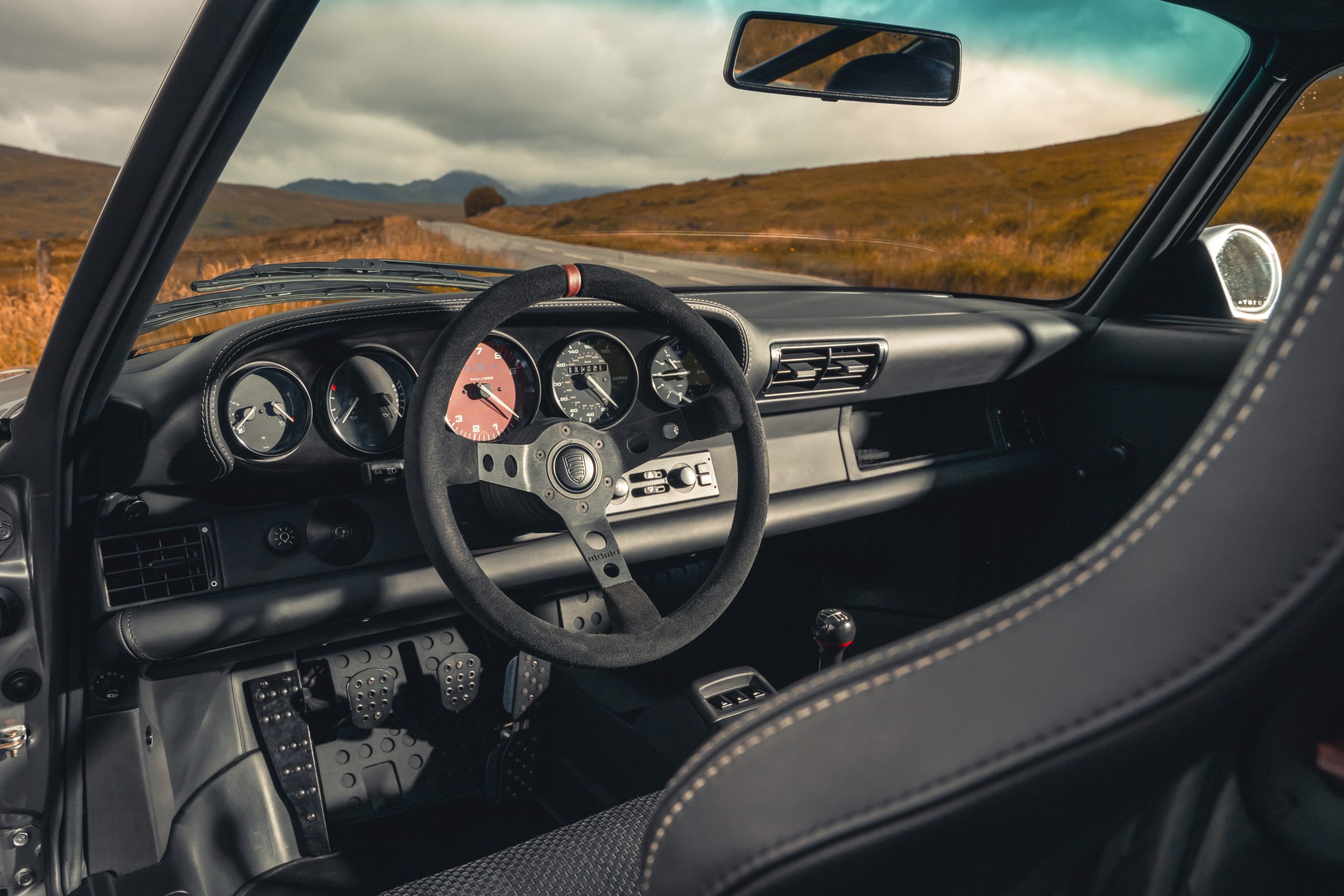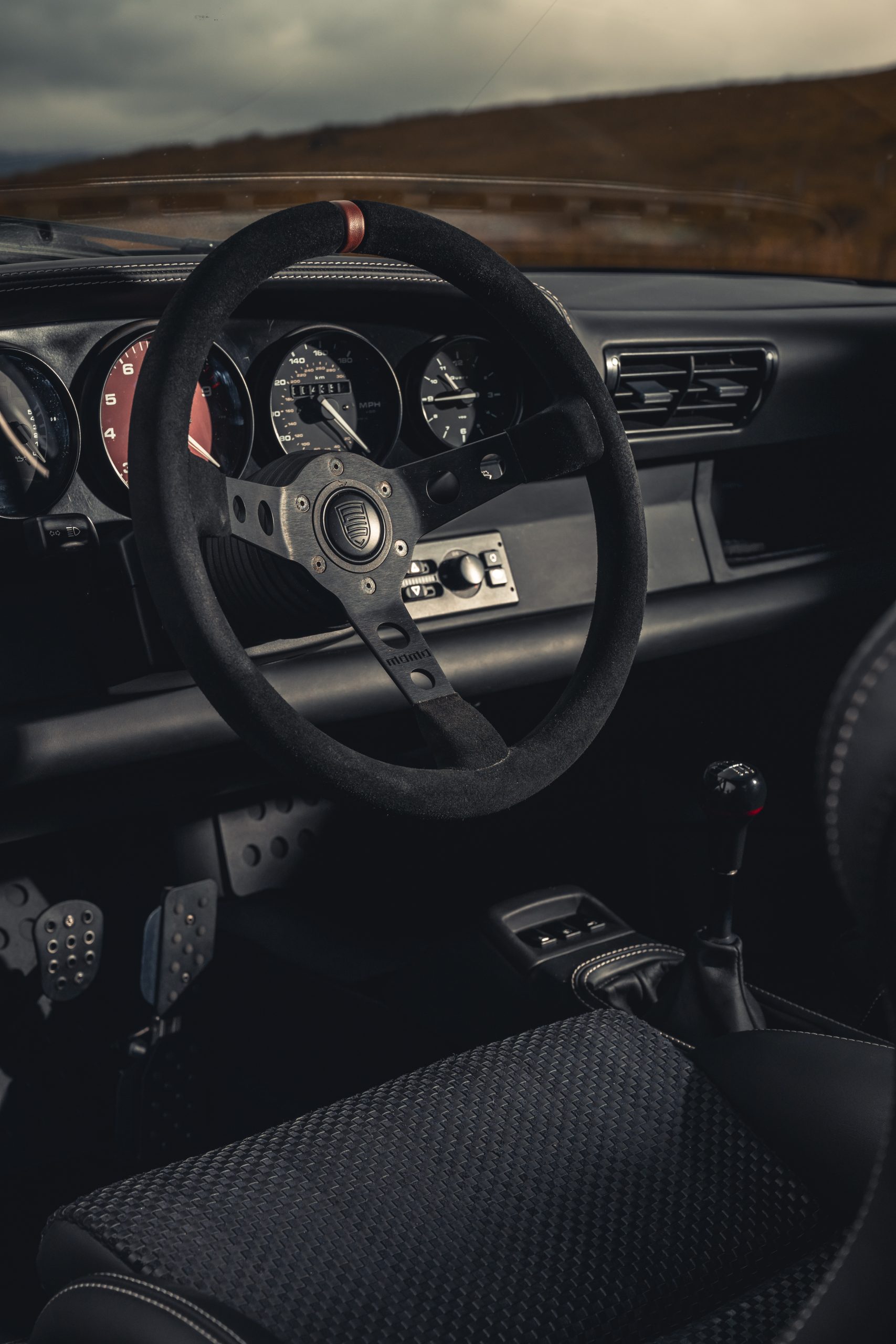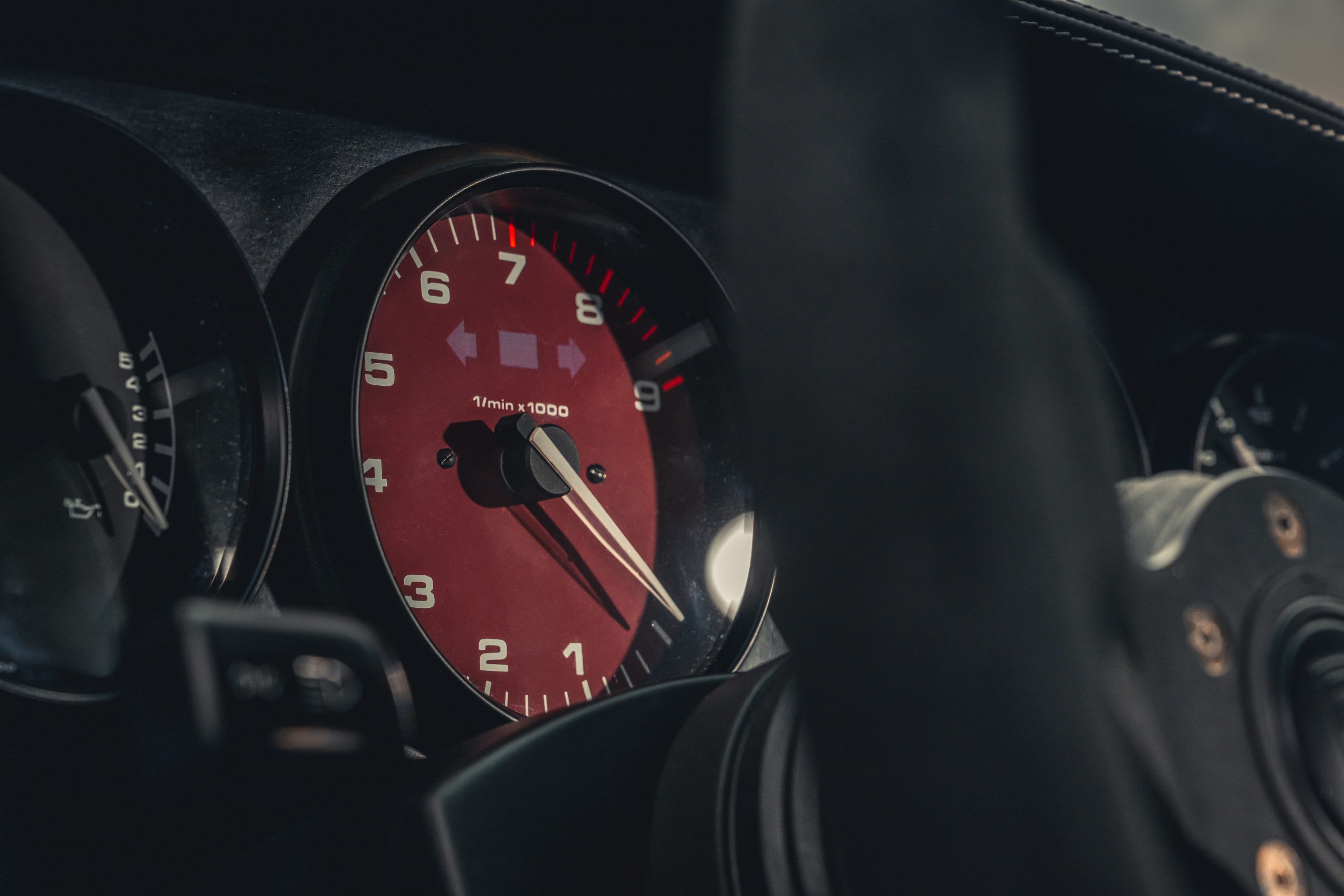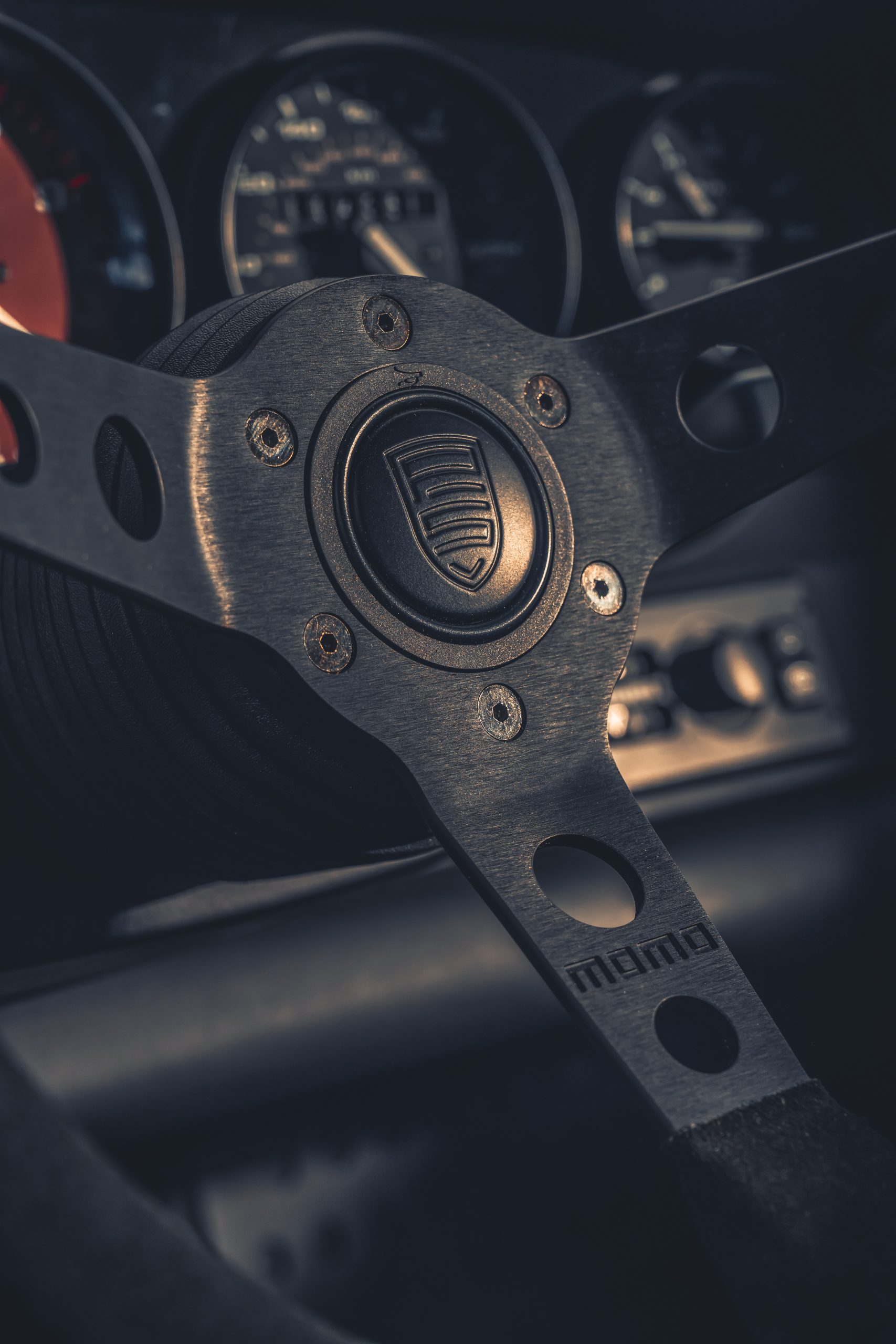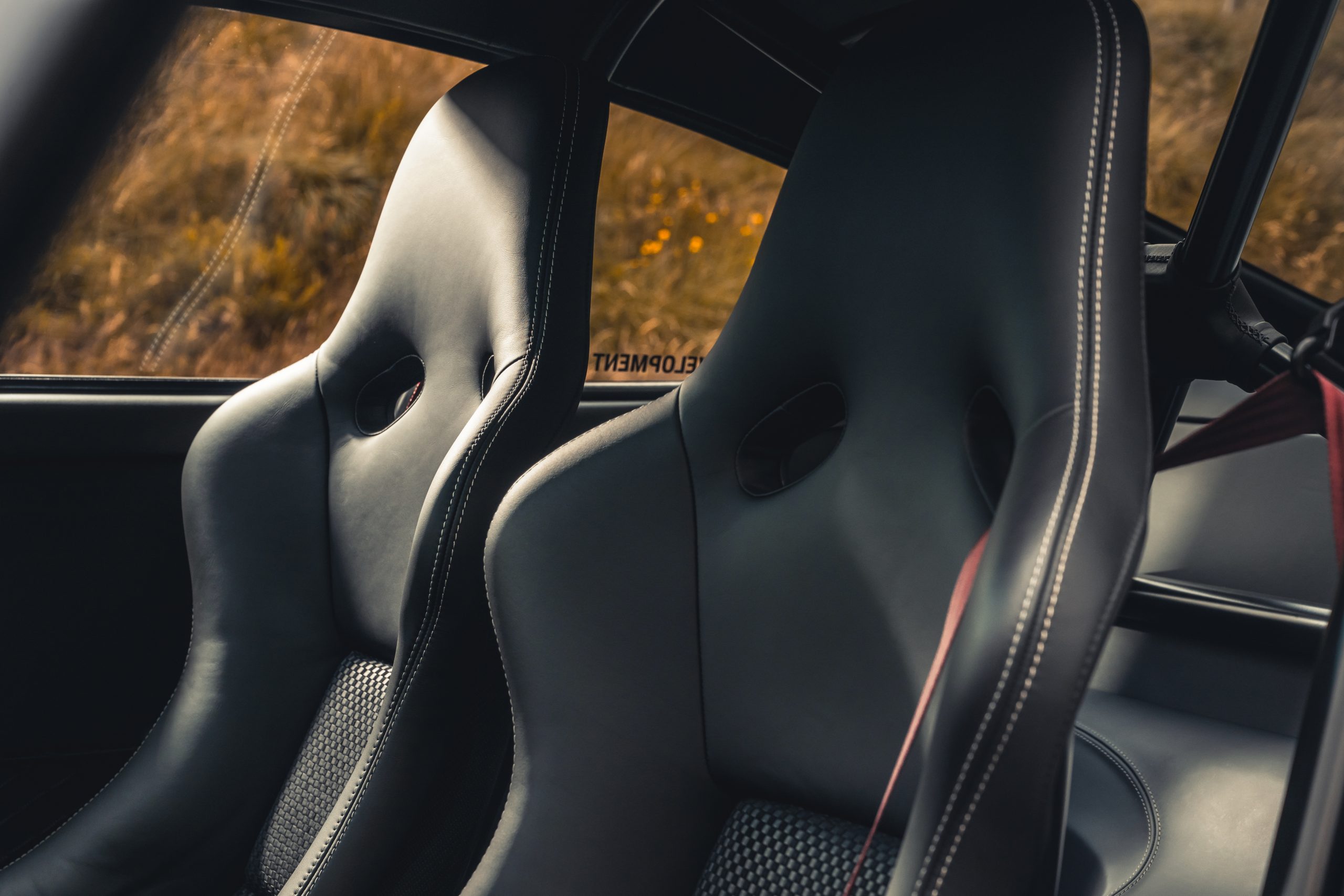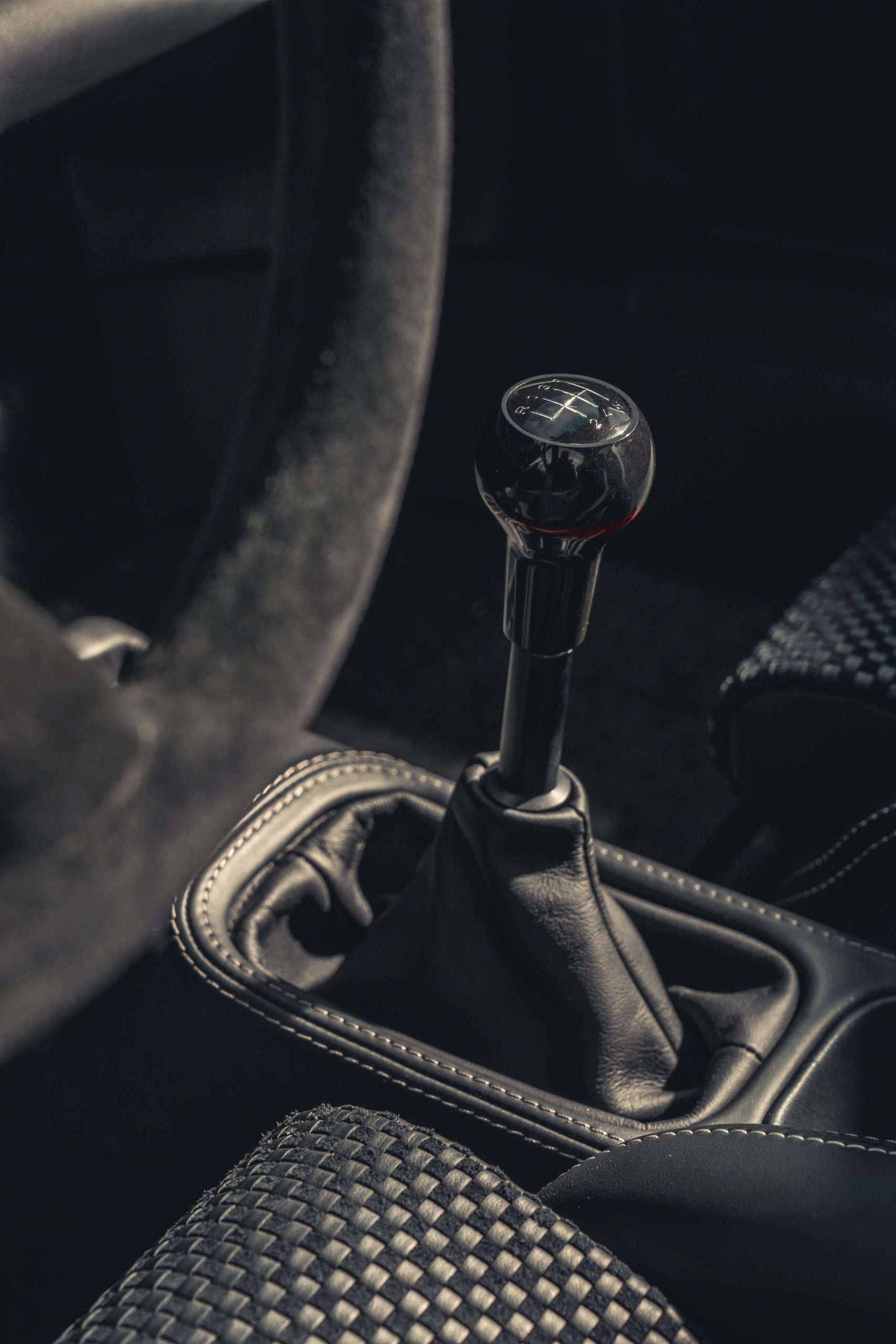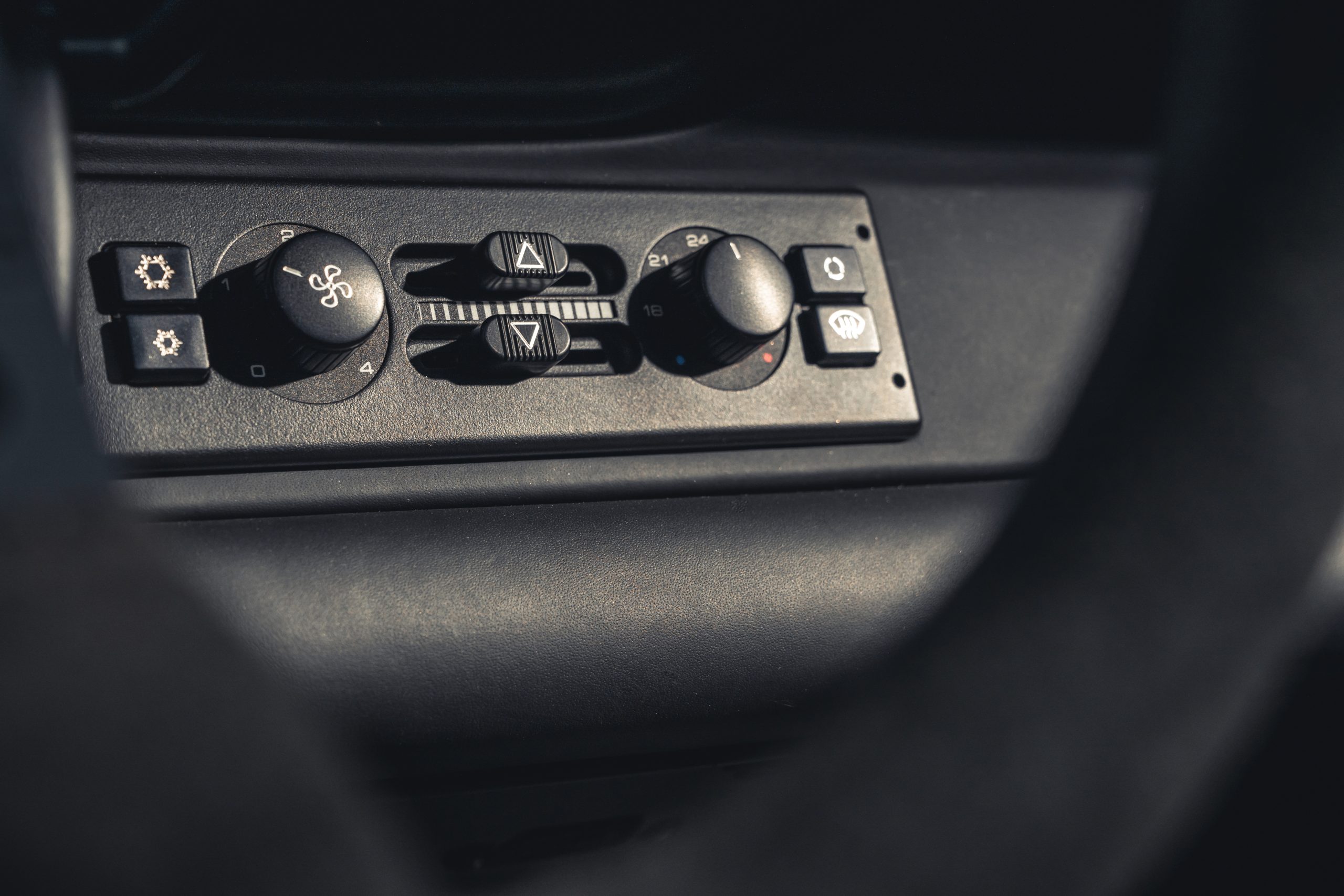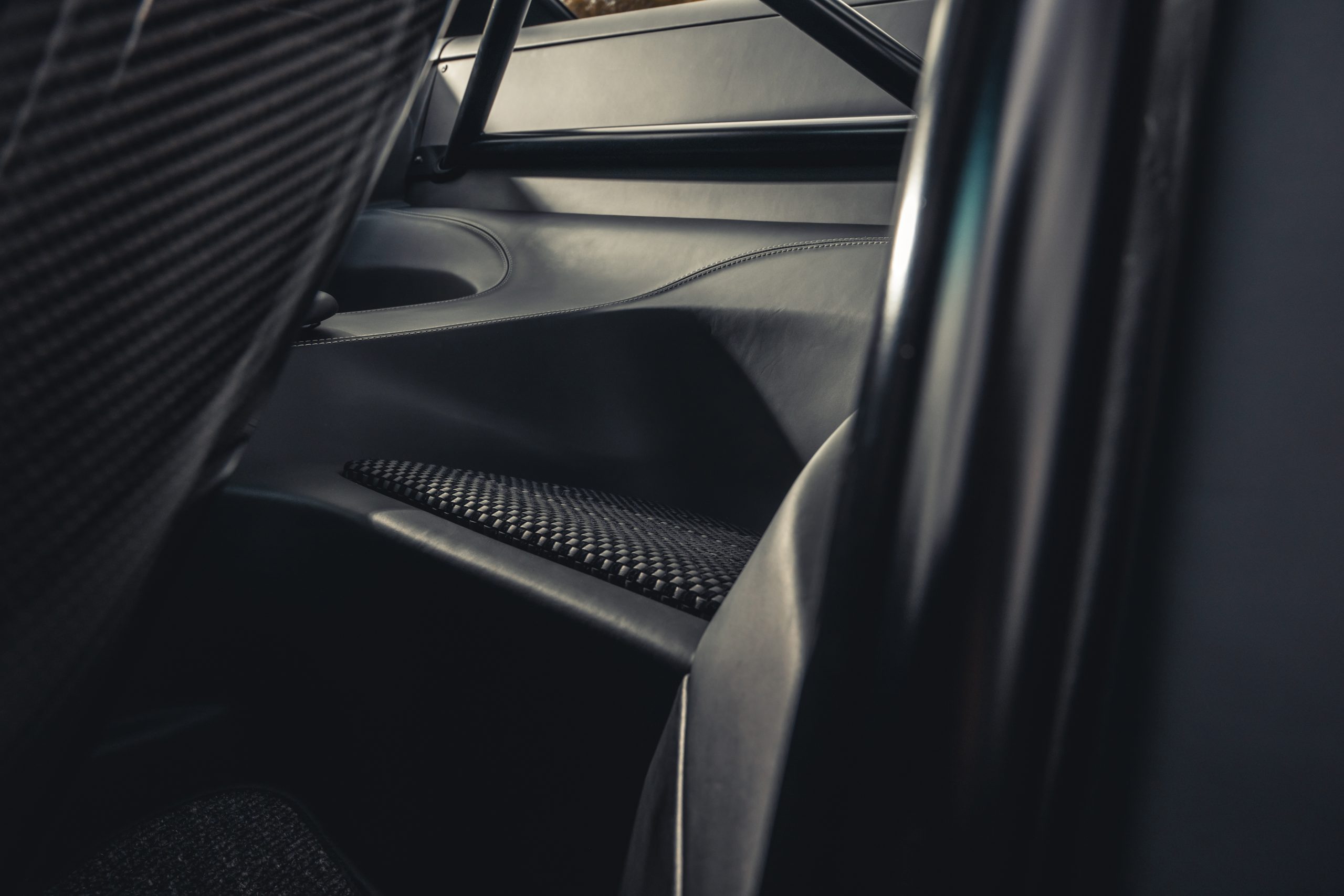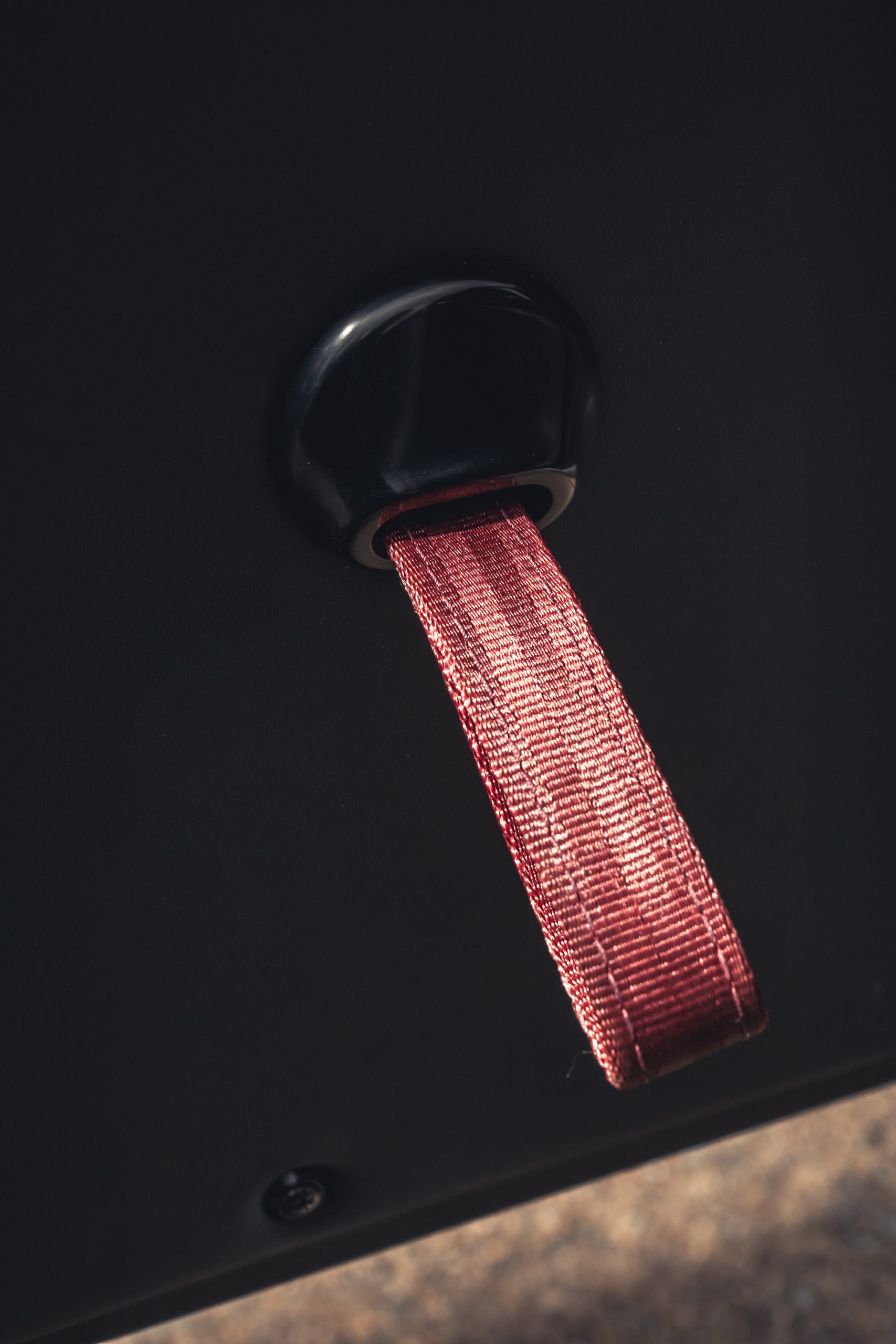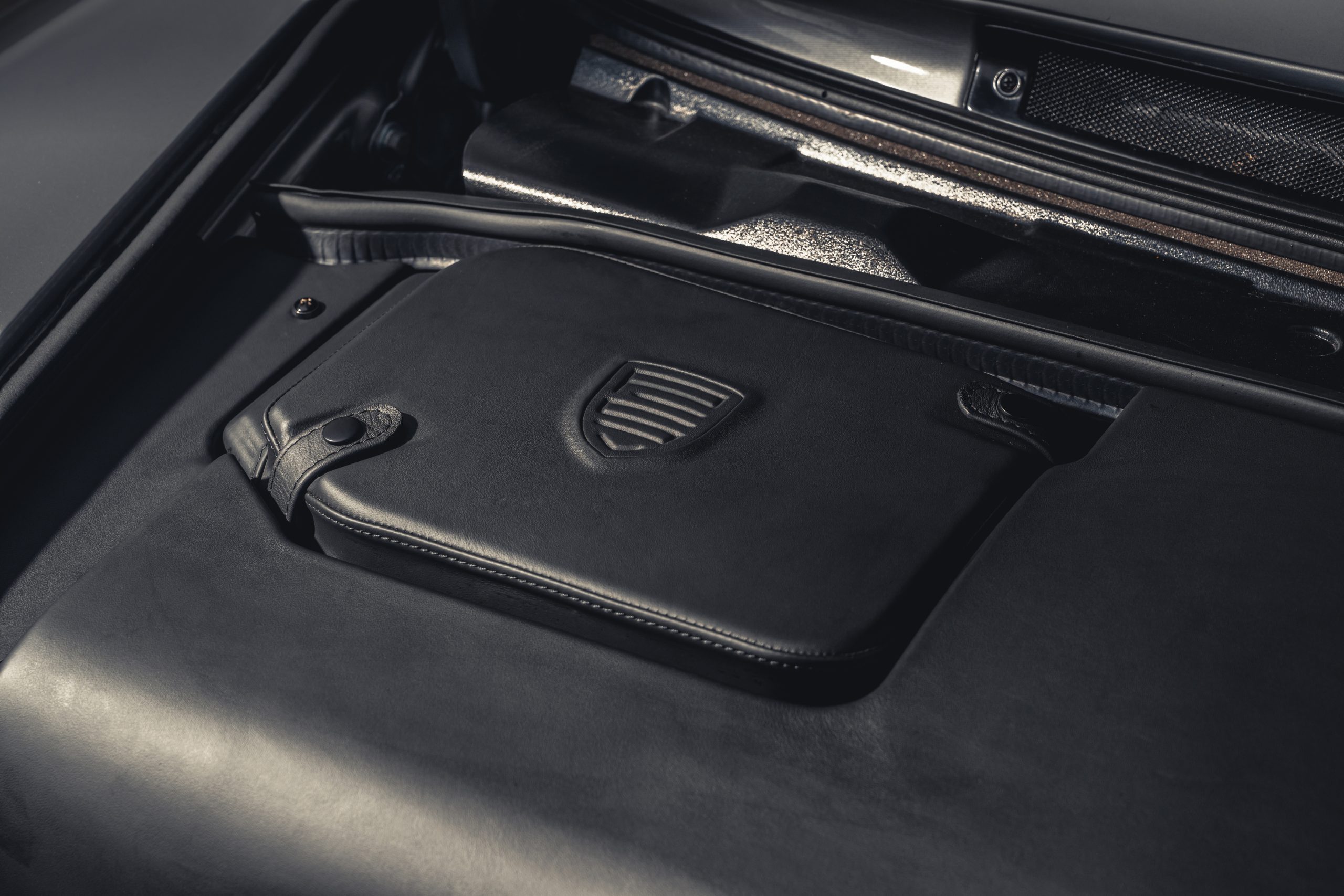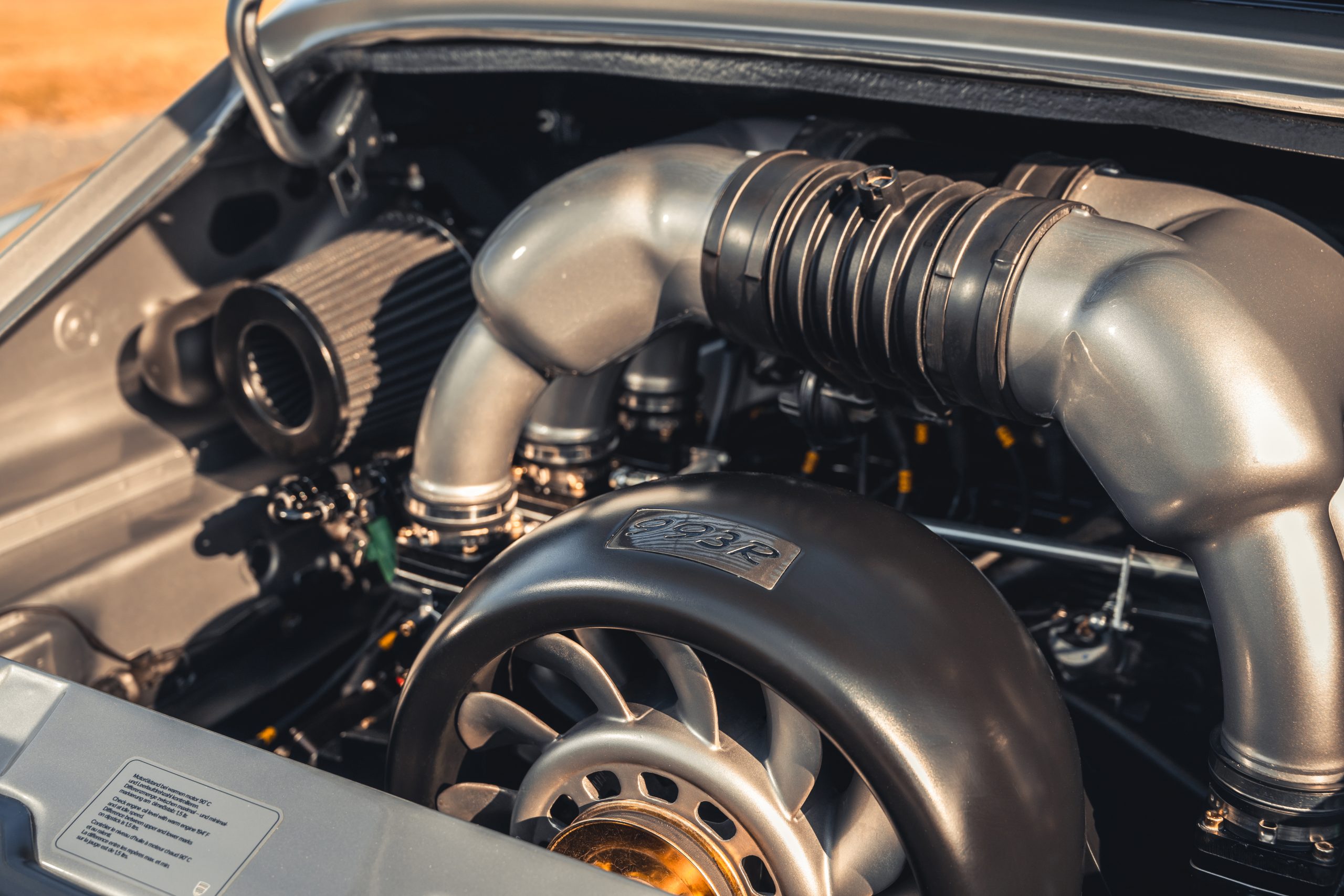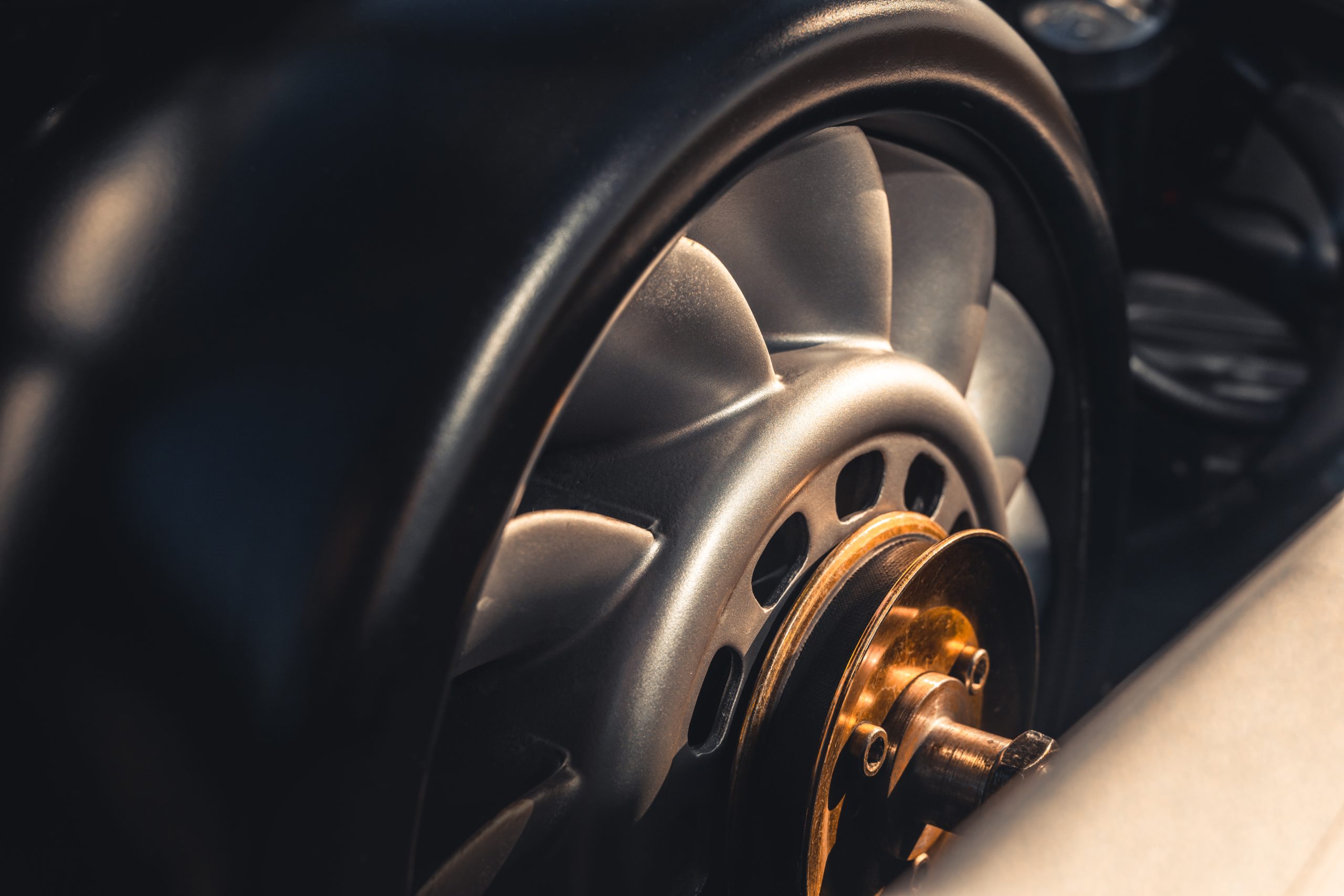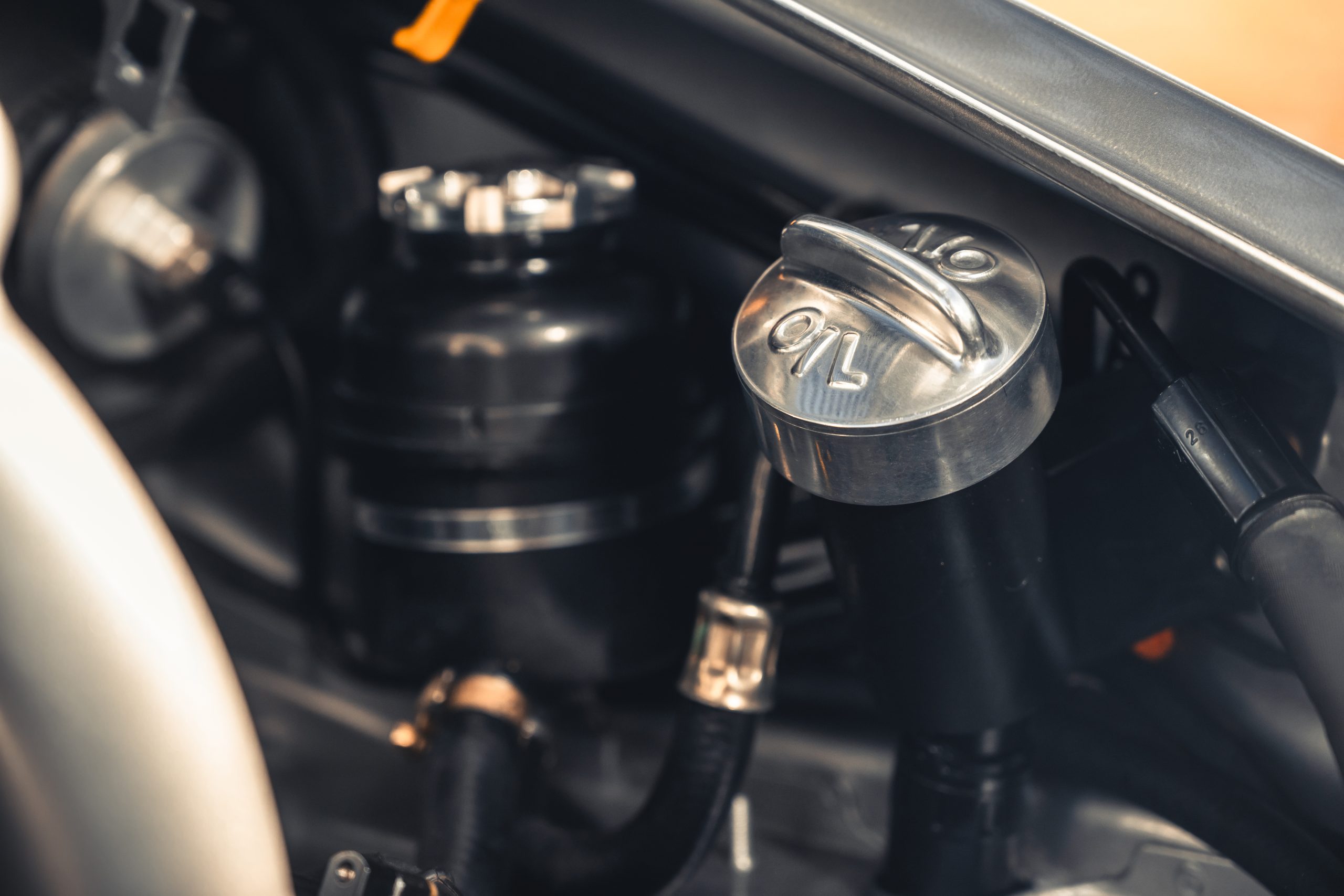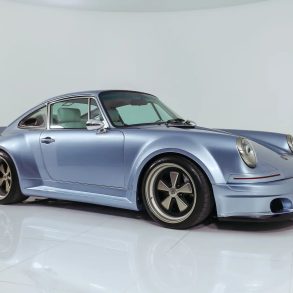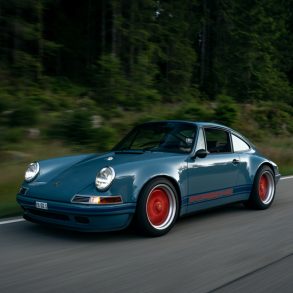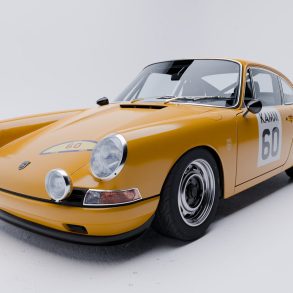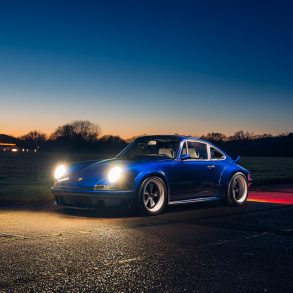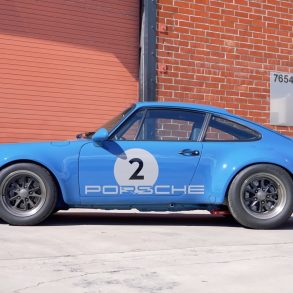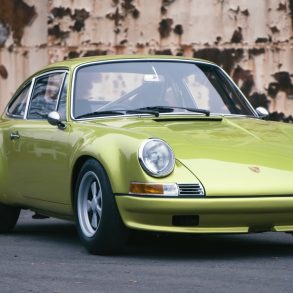Paul Stephens’ latest Autoart customer only gave him one directive, “Take a 993 and make a 25 per cent improvement in every area”. After five long years – including the pandemic – as well as several thousands of miles of road and track development, famed UK-based Porsche specialist finally unveils its new, production Paul Stephens Autoart 993R.
The Autoart 993R is a tribute to the driving experience of a 911. It brought together the narrow-bodied, air-cooled 993-series 911 and the Original Equipment (OE) race-validated 993RS, along with modern Porsche GT-derived components, added with Paul Stephen’s proven parts. So the Autoart 993R is the perfect combination of the charm of the air-cooled Porsche with modern engineering and lightweight manufacturing advances that completely improved its performance, style, and even its famed overall driving experience.
It has been more than 20 years since Paul Stephens Autoart converted their first Porsche 911. The newly unveiled 993R is Paul Stephen’s vision of the last air-cooled 911 and one of his best examples of the ‘less is more’ philosophy to-date. Created with the help of a Porsche-enthused customer, this client has had his fair share of Porsches. He’s owned air-cooled and water-cooled, he has even driven road and racing derivatives from 1965 to the present day. With that vast of an experience under his belt, the client definitely knew what he wanted in his perfect daily 911.
Paul Stephens Autoart founder and director Paul Stephens shared, “The 964 platform, which we started converting in the early 2000s, has proved very popular with companies since, each wanting to re-engineer it into their interpretation of an earlier looking 911. We have never been a company to copy others and so felt the time was right to put our mark on the last air-cooled 911, the 993. We chose this model as it is the most advanced series of the air-cooled era and has a unique appearance that is still appreciated today.
“That’s why the 993R [to me] really pushes our years of air-cooled experience to the limit, from the engine, suspension, lightweight panels, to the car’s bespoke minimalist interior. The 993R isn’t a swansong, but I wanted it to be the ‘best of’ Autoart, all meeting or bettering the customer’s brief.
“More than any Paul Stephens Autoart-converted Porsche 911 to-date, the new 993R project expresses our ‘less is more’ philosophy to include many subtle details that will go unnoticed to the casual observer, yet hopefully will be appreciated by the most ardent 911 aficionados, who understand our vision.”
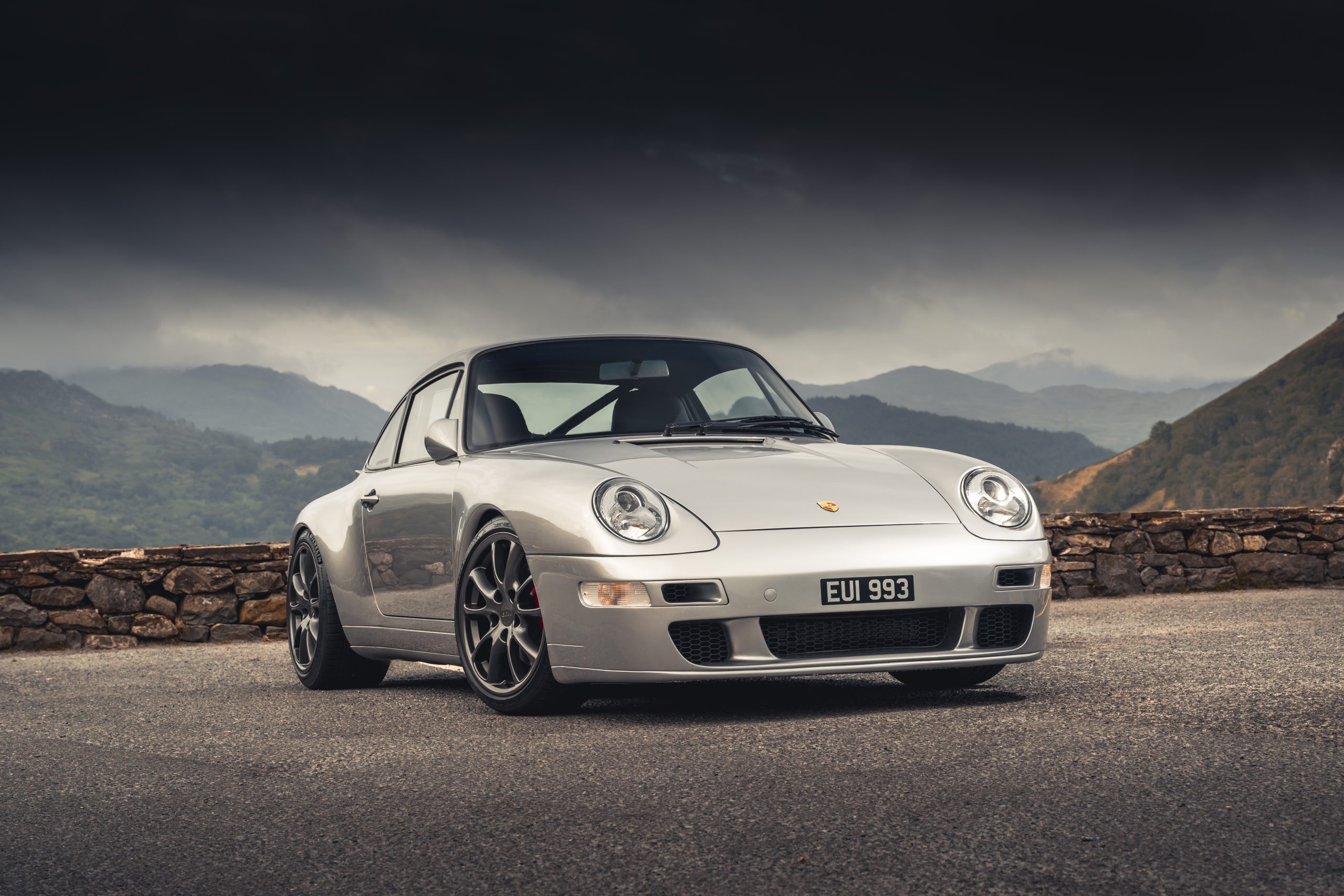
The Autoart 993R technical specifications and works.
Around 20 years ago, Paul made his original Autoart 300R, and he has applied the same diligence and care in this example. First, Paul and his team knew that the 993R must be lighter with increased power, and have a technically advanced chassis so it can deliver a more focused driving experience compared to the original car it was based on. The company has firmly believed in ‘less is more’ to truly enjoy the driving experience of a Porsche 911 on the road.
When the real design work started to happen, the team closely worked with the customer on the 993R to ensure that the requirement of an engaging and analogue driving experience is delivered. The trick was to balance how to give the client the level of driving experience that is expected of a modern car without using modern gadgets like electronic driver aids or switchable exhausts so as to flatter the driver’s ego and ability.
It was given a stronger and a larger 3.8-liter engine, with a 997 GT3 crankshaft, RSR pistons, camshafts were connected to Paul Stephen’s own design and had Porsche Motorsport solid lifters. It has a peak power of 330 bhp at 7,400 rpm compared to the original 272 bhp at 6,100 rpm. With the configuration, the team was more focused on the drivability of the car instead on the outright power.
For those who want more power, there is also a 360 bhp version available and when supplied in this specification, it has a visceral redline of 8,500 rpm.
Torque was also raised to provide 360 Nm at 5,675 rpm. From the original weight of 1,370 kg, it now has a dry weight of 1,190 kg and 1,220 kg wet. There are still no official recorded performance figures as of writing though with 270 bhp per ton, it has the same power to weight ratio as a 993. GT3 and customers should roughly expect the same performance with the 330 bhp motor installed. With the bigger 360 bhp option that offers 295 bhp per ton compared to 293 bhp per ton of the 997 GT3, drivers can expect it to be a bit faster.
In a nutshell, the 993R is a road car with a reduced weight and increased power. The braking system of the 993RS was preferred compared to the carbon disc set up as it offers stronger and faster stopping power whenever the brakes are applied. Since the 993 was produced, suspension and differential technology has advanced greatly so the Autoart team used a modern Wavetrac ATB limited slip differential and Tractive Ace semi-active adjustable suspension matched with genuine Porsche Motorsport components. The adjustable suspension is connected to an Electrical Control Module (ECM) which the team programmed to have five individual settings that the driver can control from the cabin even when he’s on the move.
Comparison Chart:
| Autoart 993R | 993 C2 | 993 RS | 996.1 GT3 | 997.1 GT3 | |
| ‘Wet’ weight – full tank of fuel and oil * | 1,220 kg * | 1,370 kg | 1,270 kg | 1,350KG kg | 1,395 kg |
| Engine | 3.8-litre | 3.6-litre | 3.8-litre | 3.6-litre | 3.6-litre |
| Maximum torque | 360 Nm @5,675 rpm
(330 bhp) |
330 Nm @5,000 rpm | 355 Nm @5,400 rpm
|
370 Nm @5,000 rpm | 405 Nm @5,500 rpm |
| Power | 330/360 bhp @7,400 rpm | 272 bhp @ 6,100 rpm | 300 bhp @ 6,500 rpm | 355 bhp @ 7,200 rpm | 409 bhp @7,600 rpm |
| Power to weight | 270/295 bhp per tonne | 198 bhp per tonne | 236 bhp per tonne | 270 bhp per tonne | 293 bhp per tonne |


